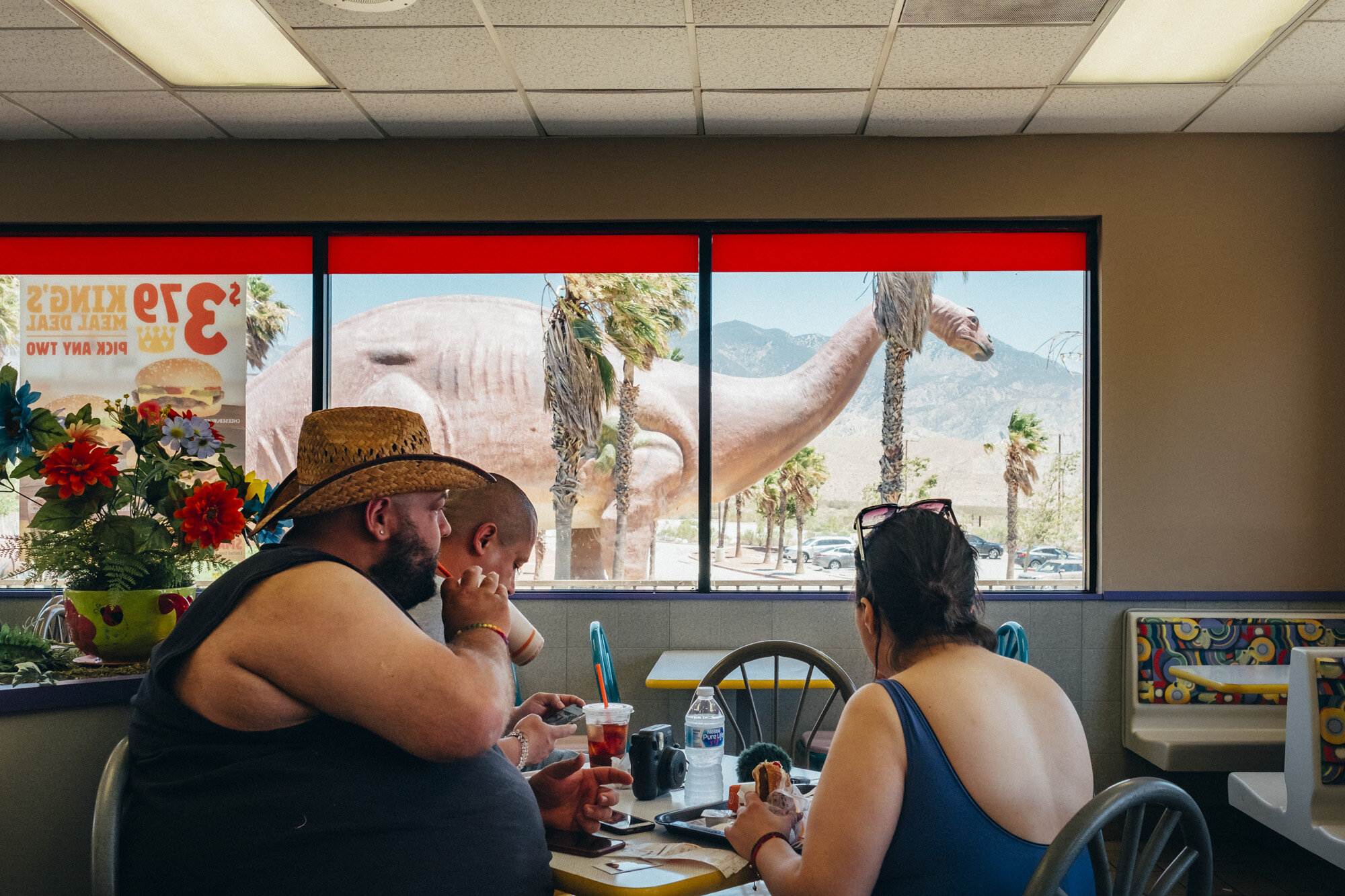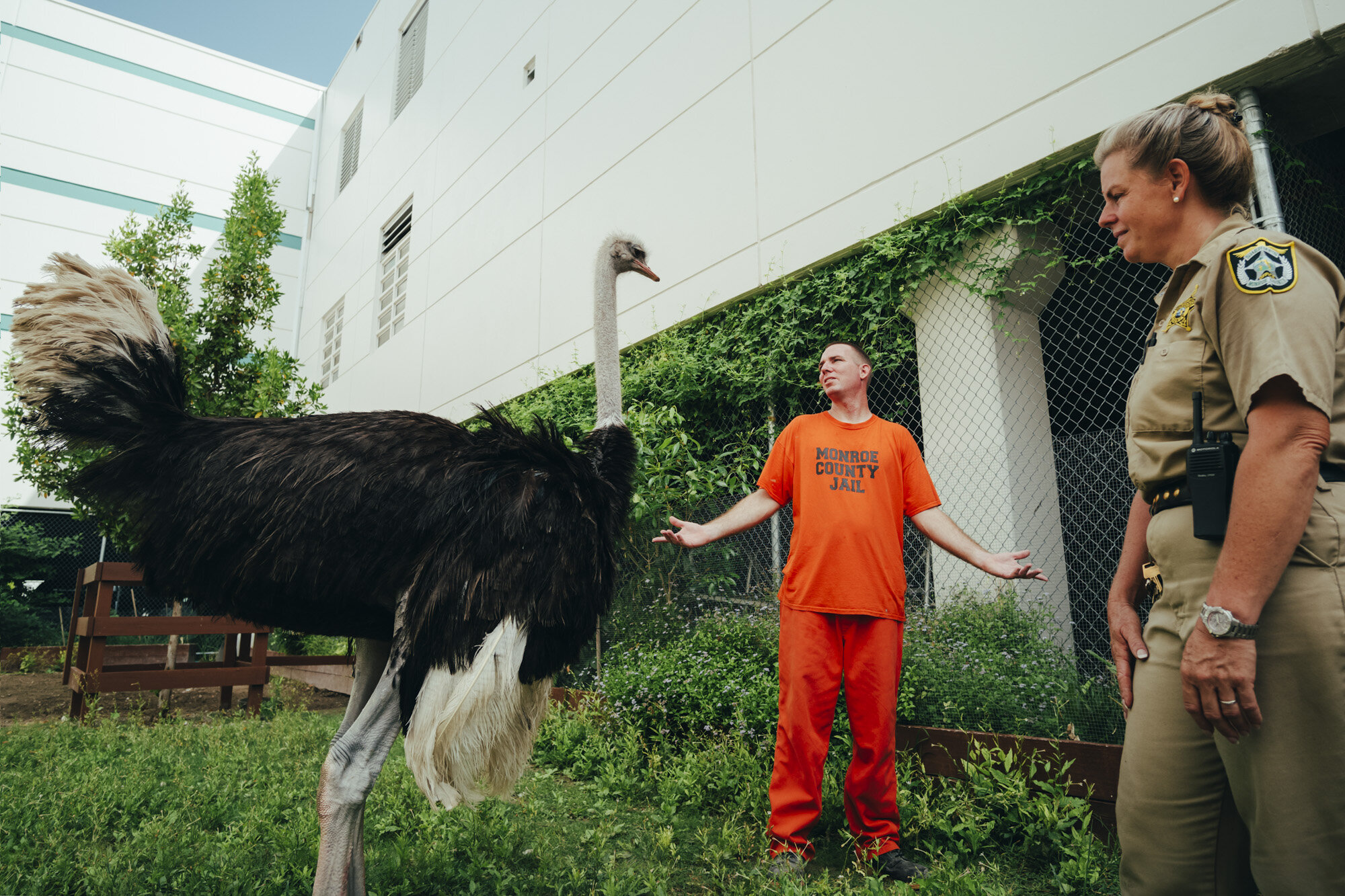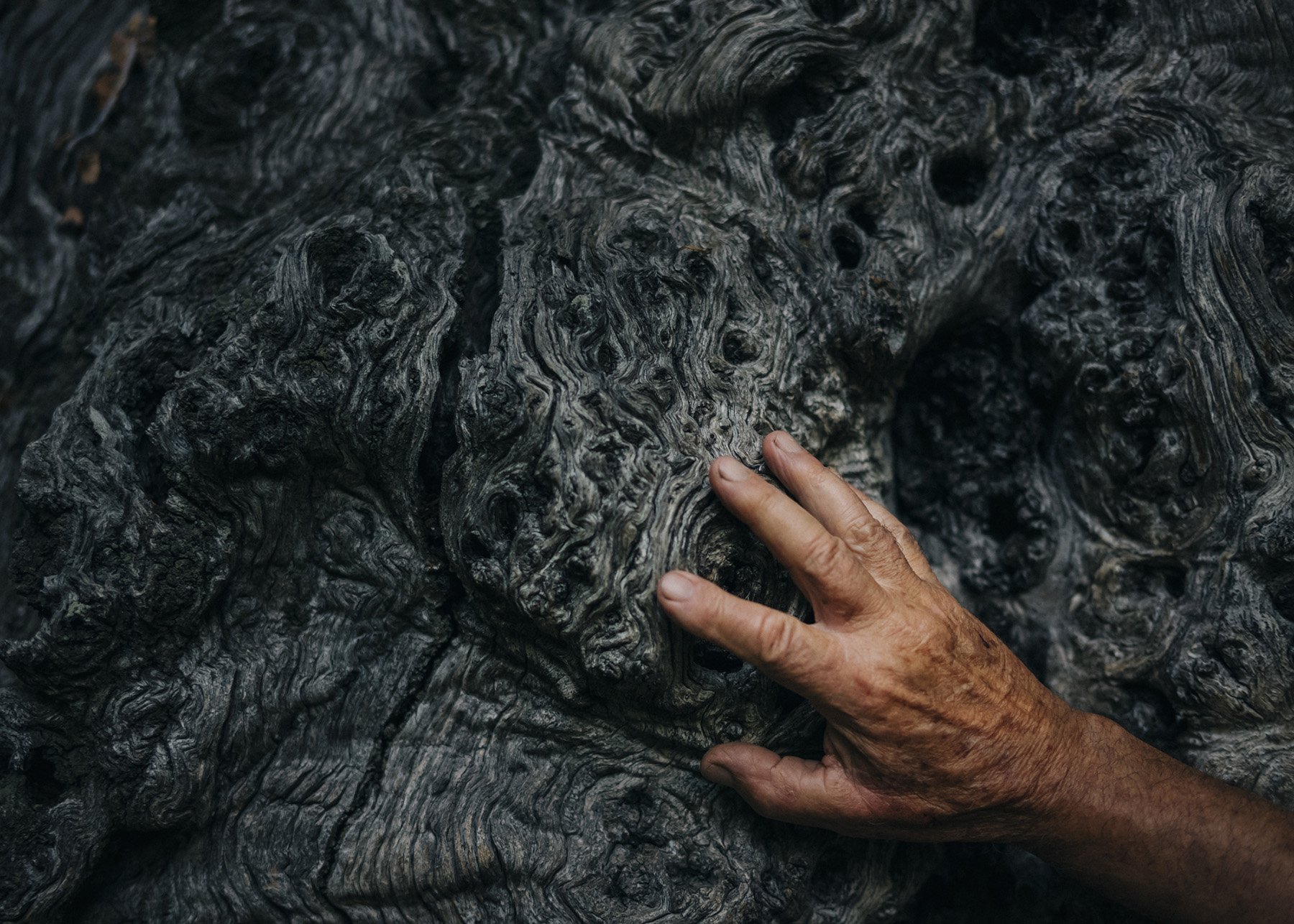



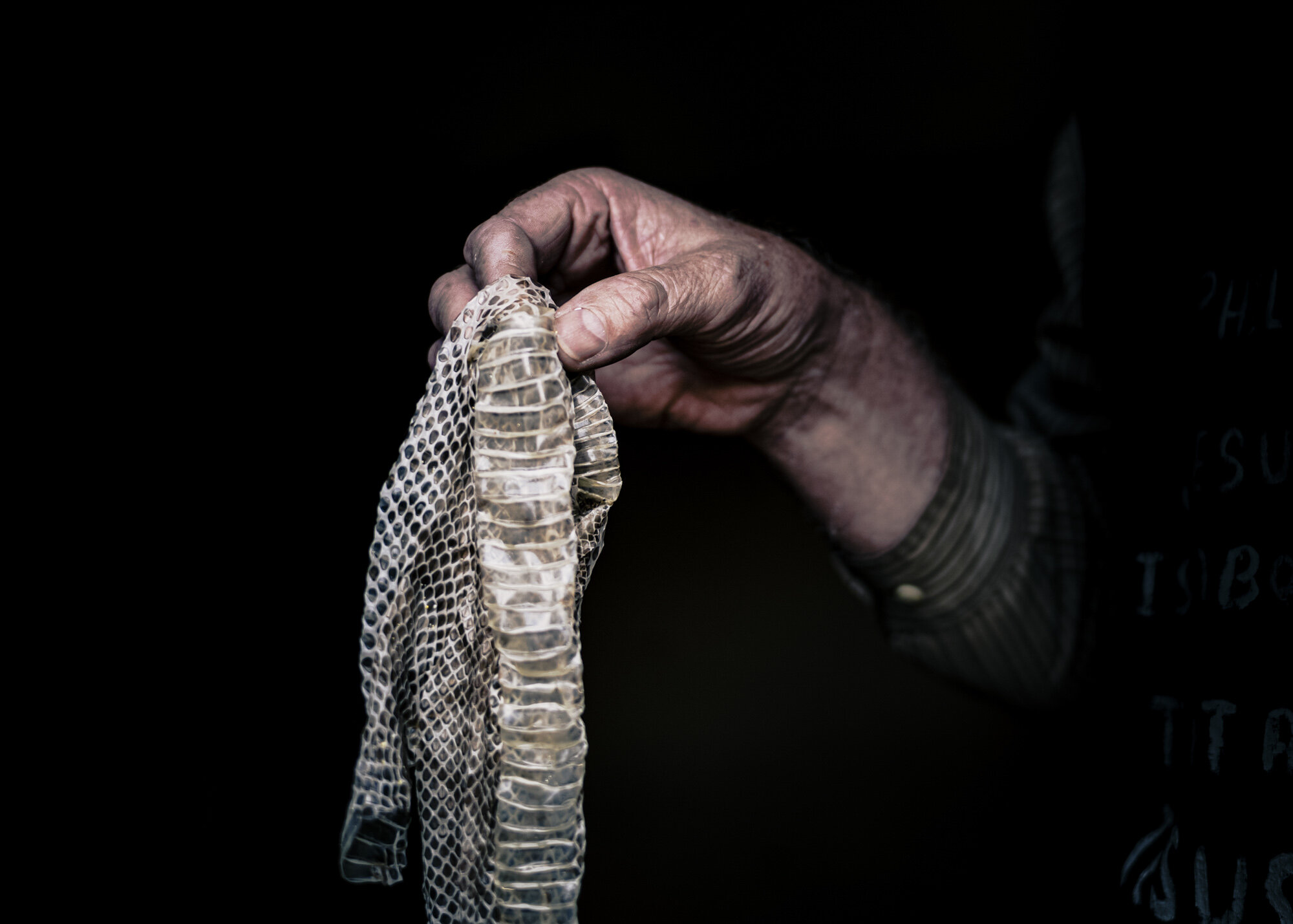

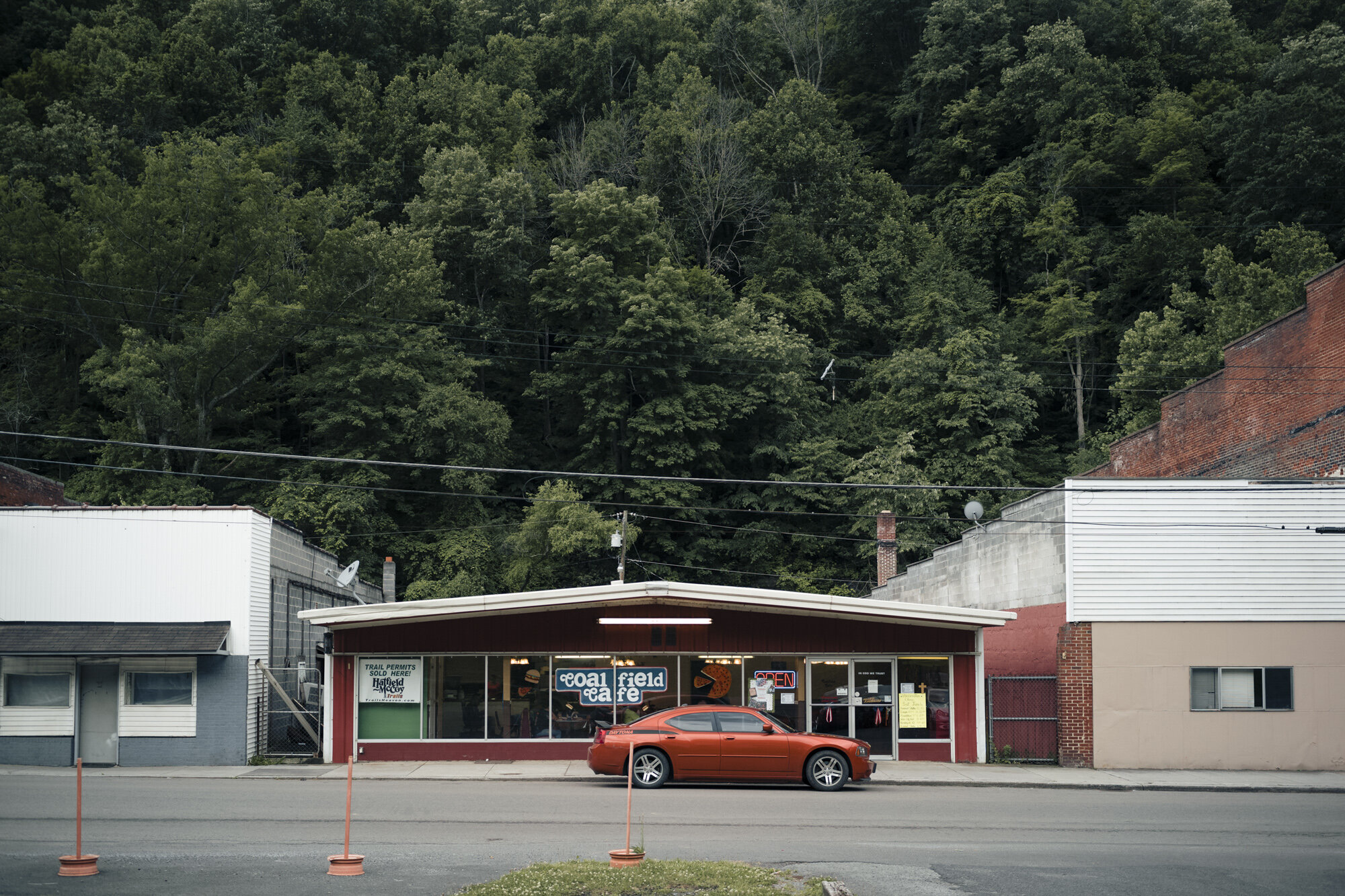
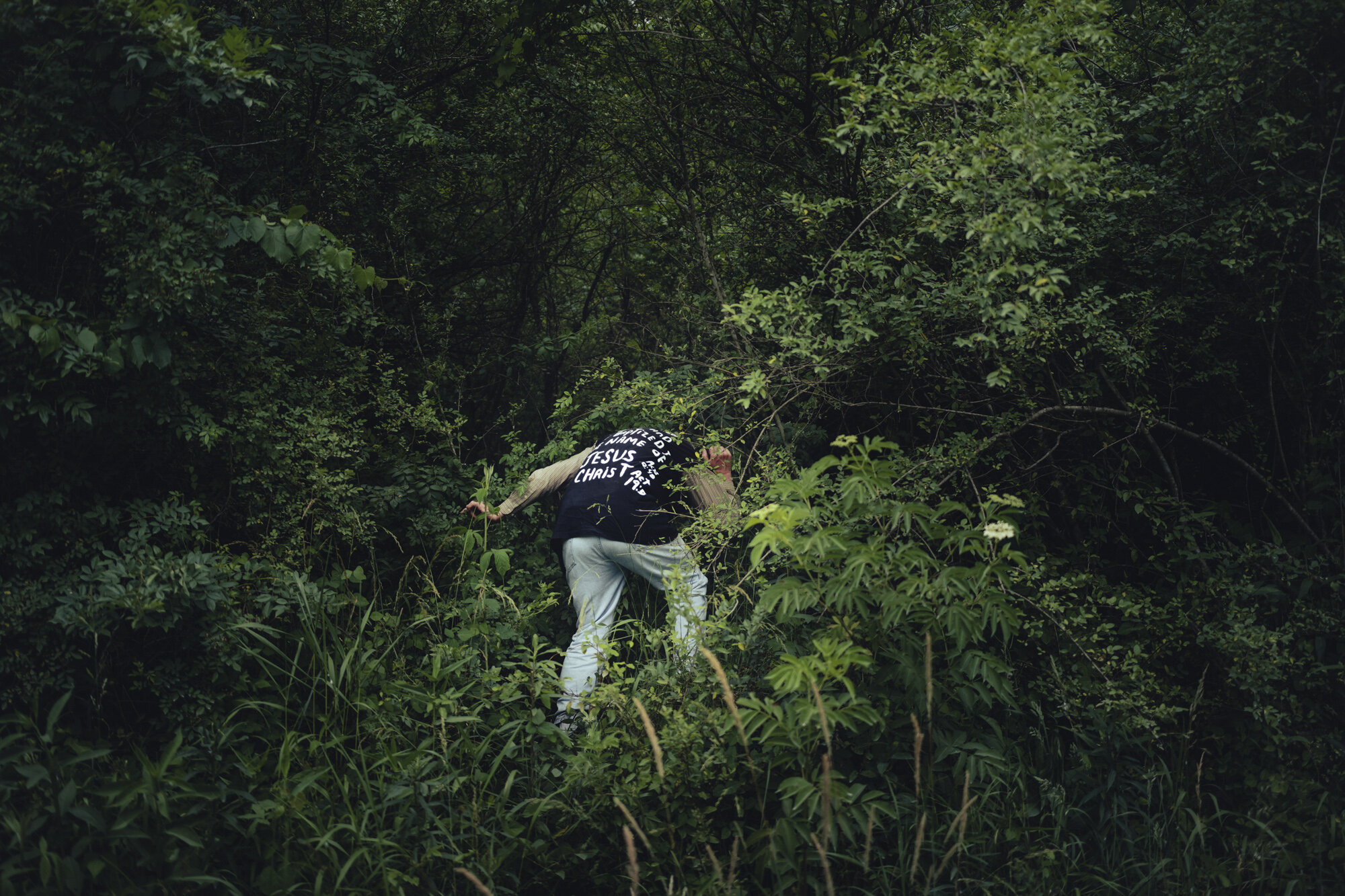
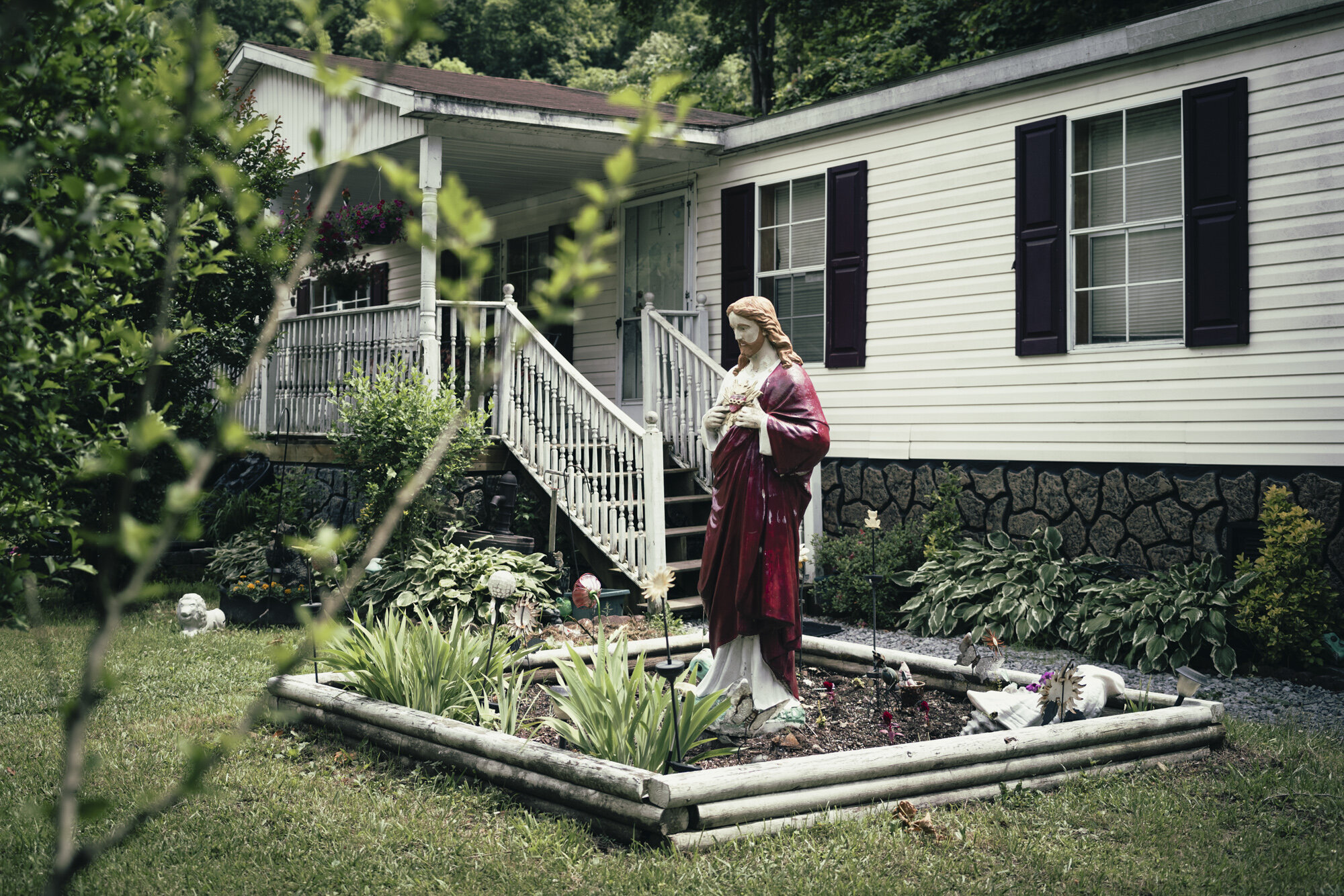

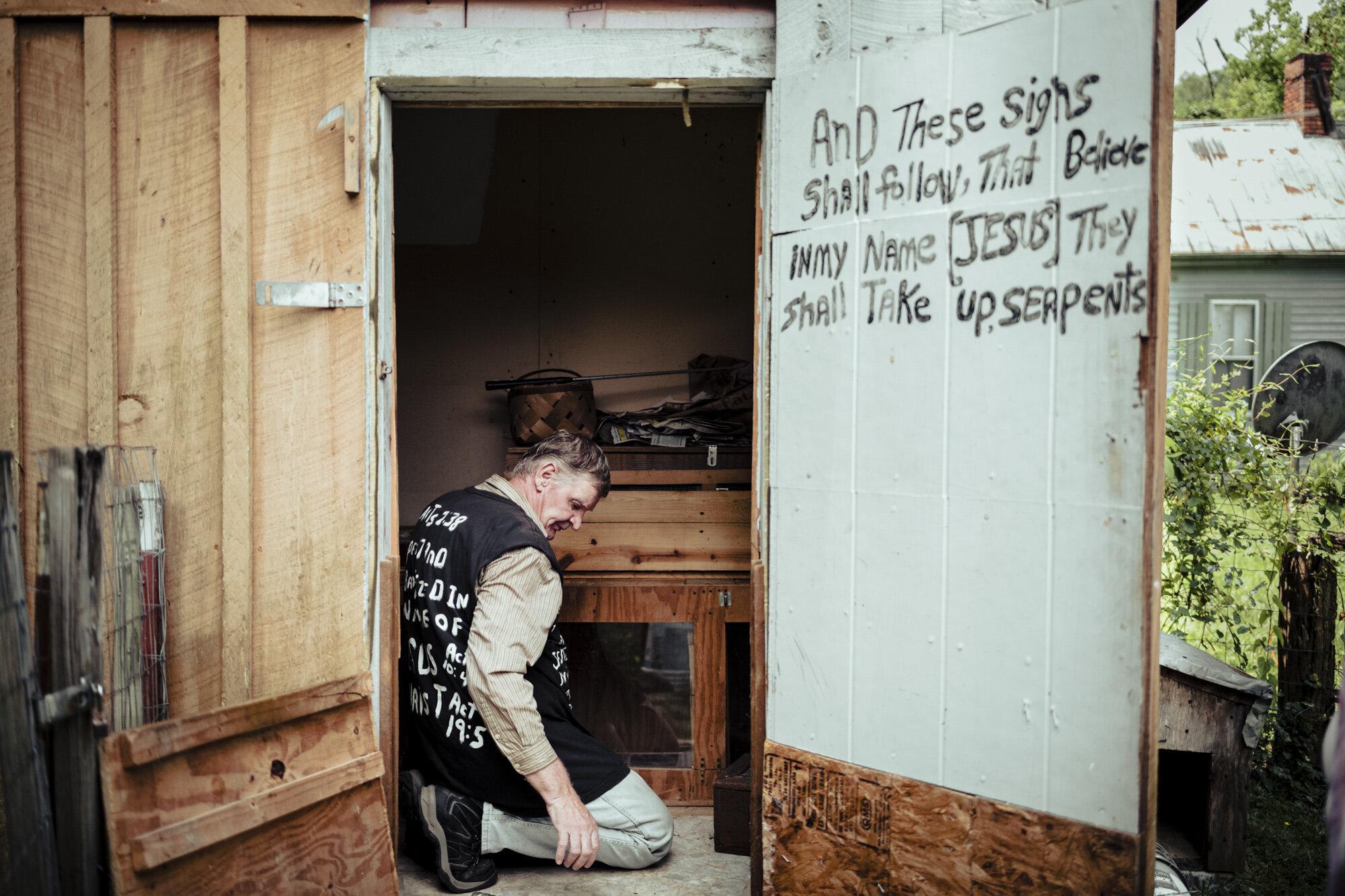
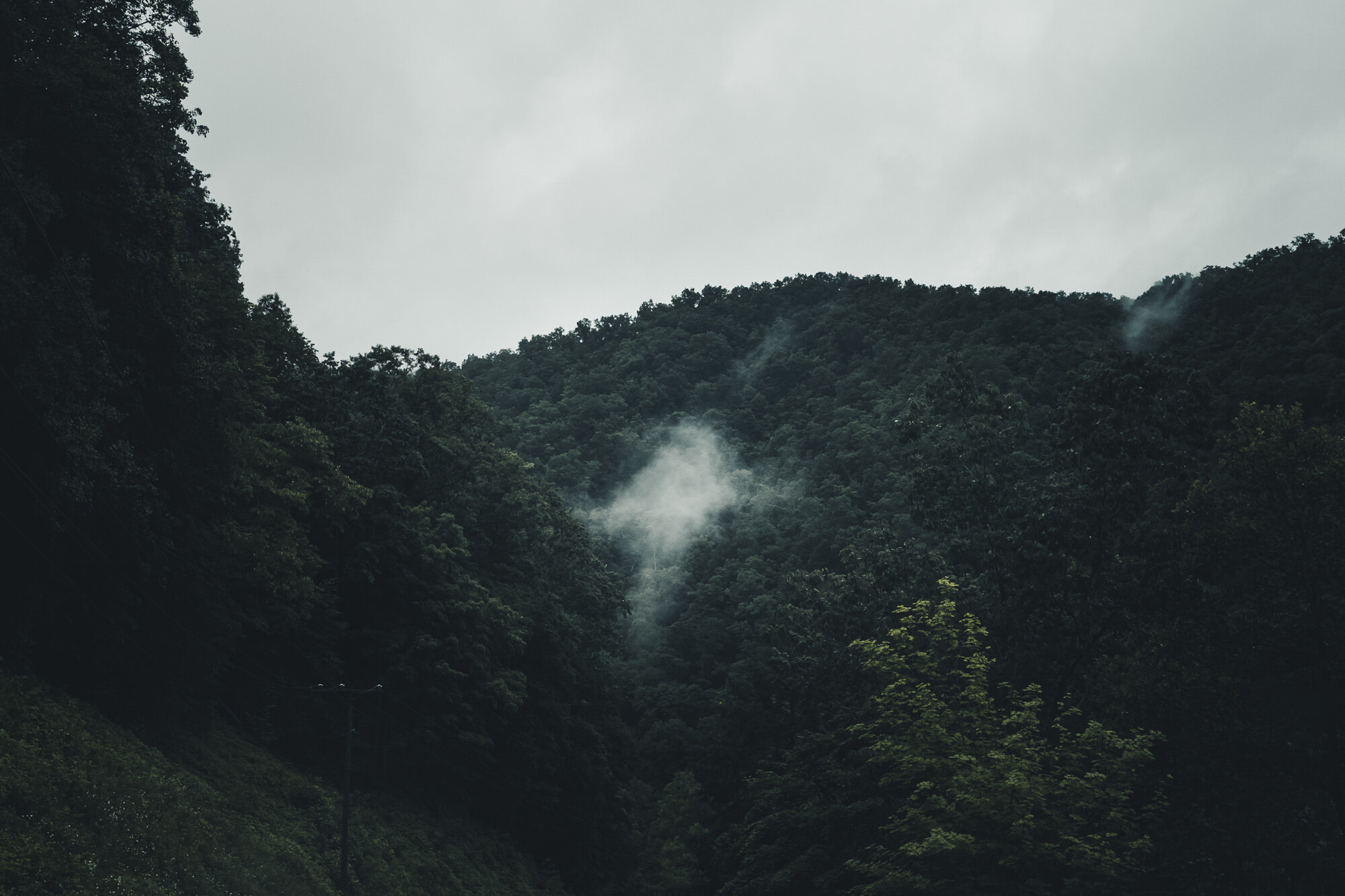
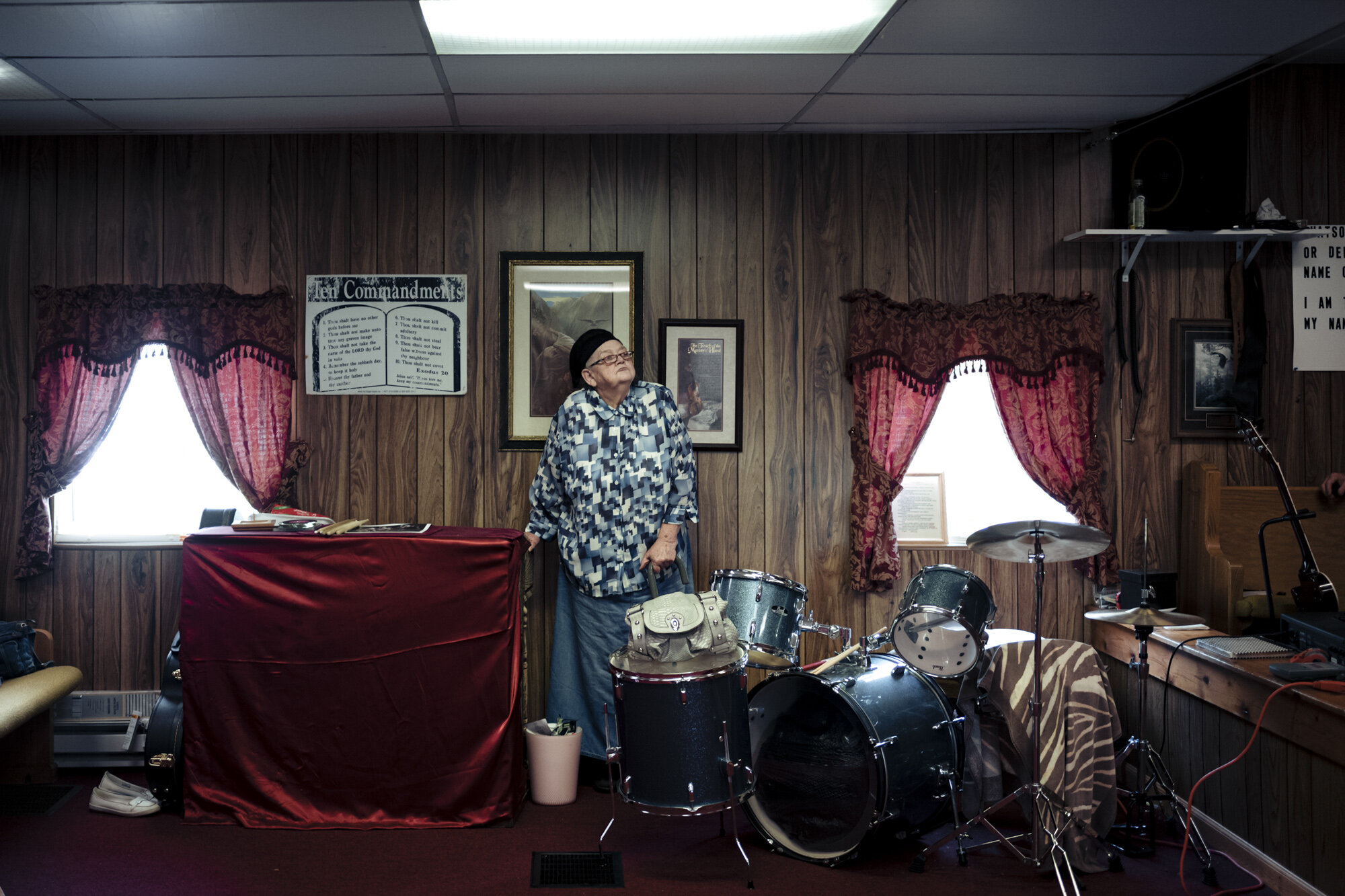
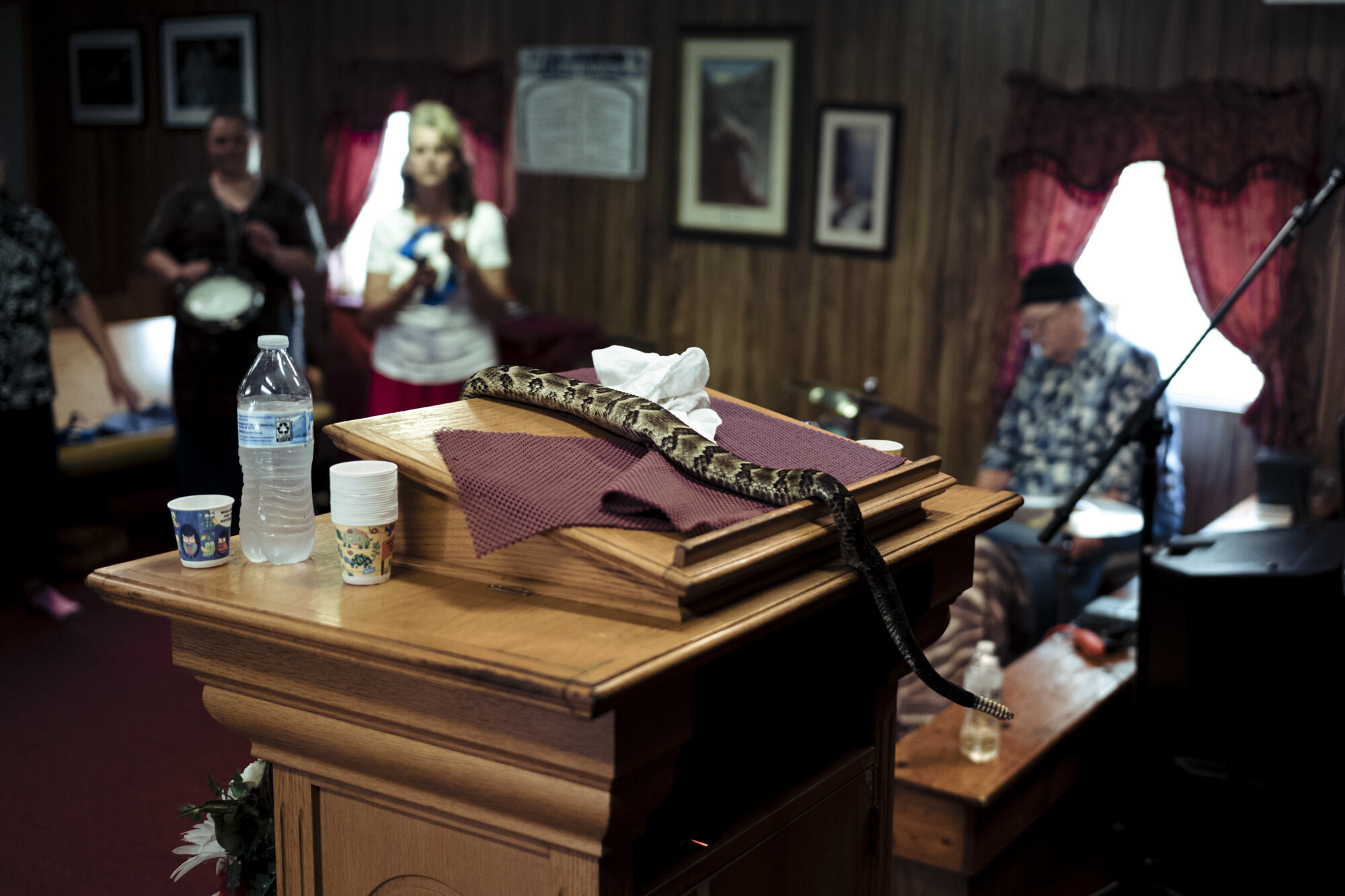
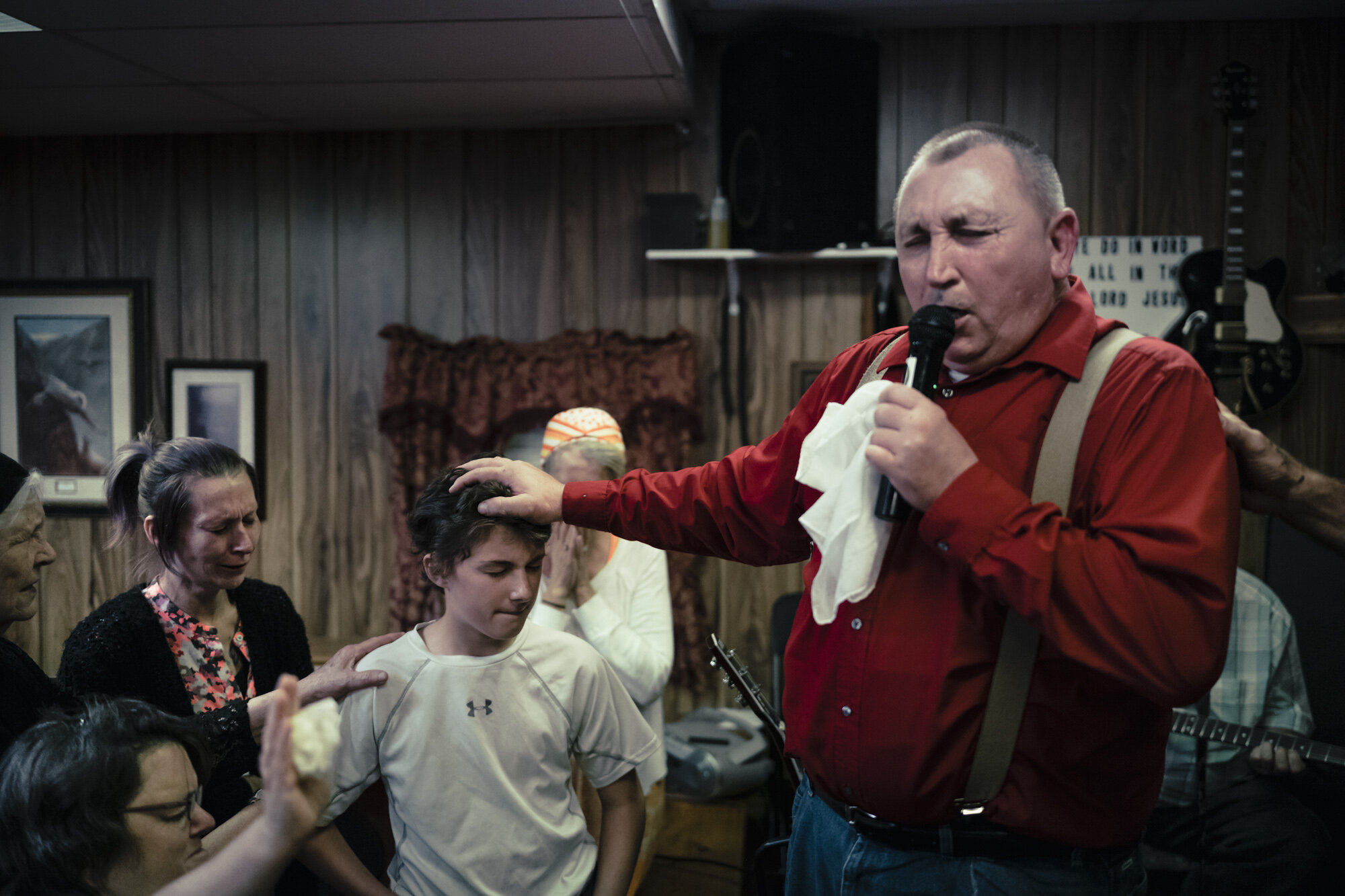
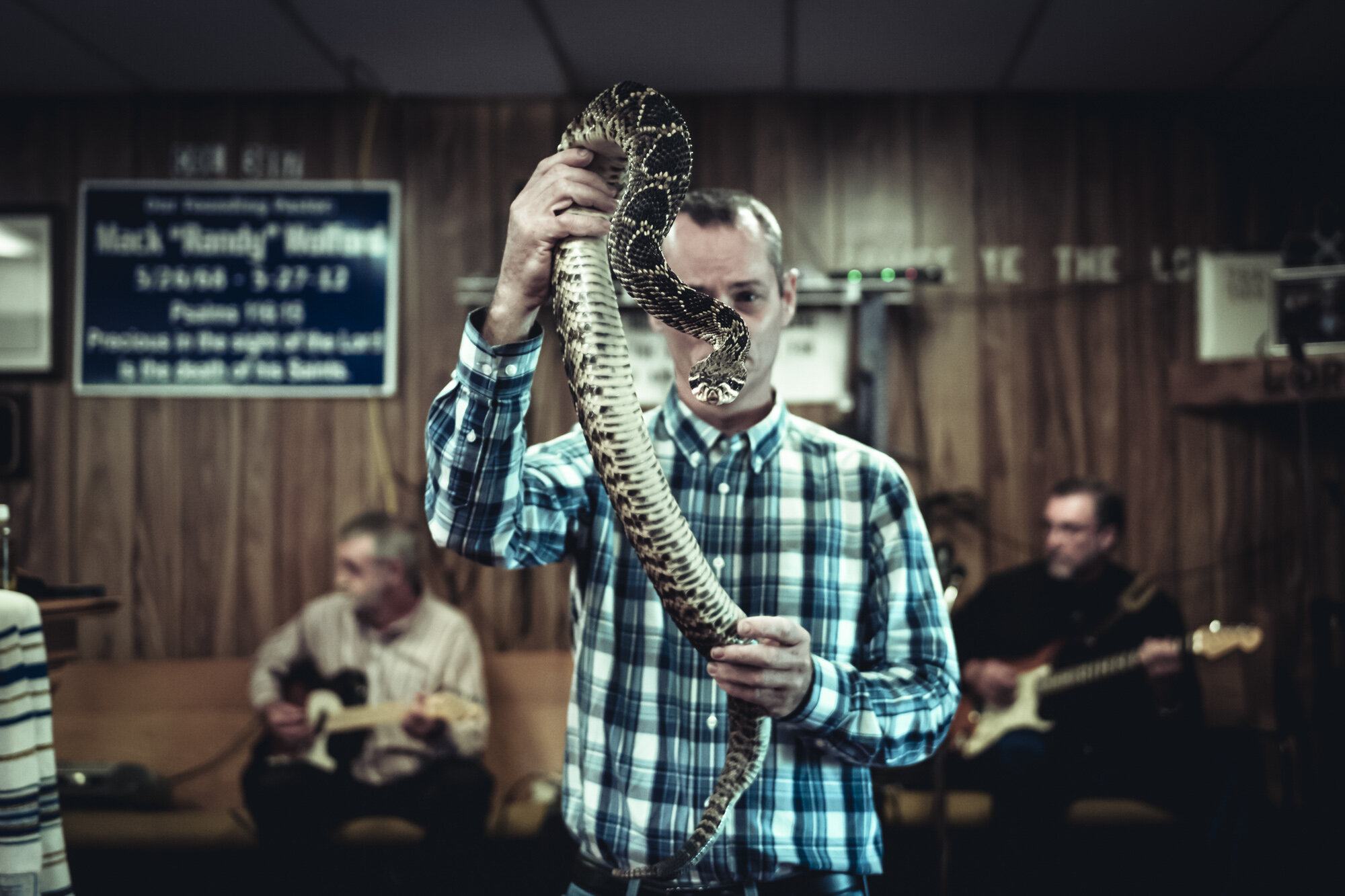
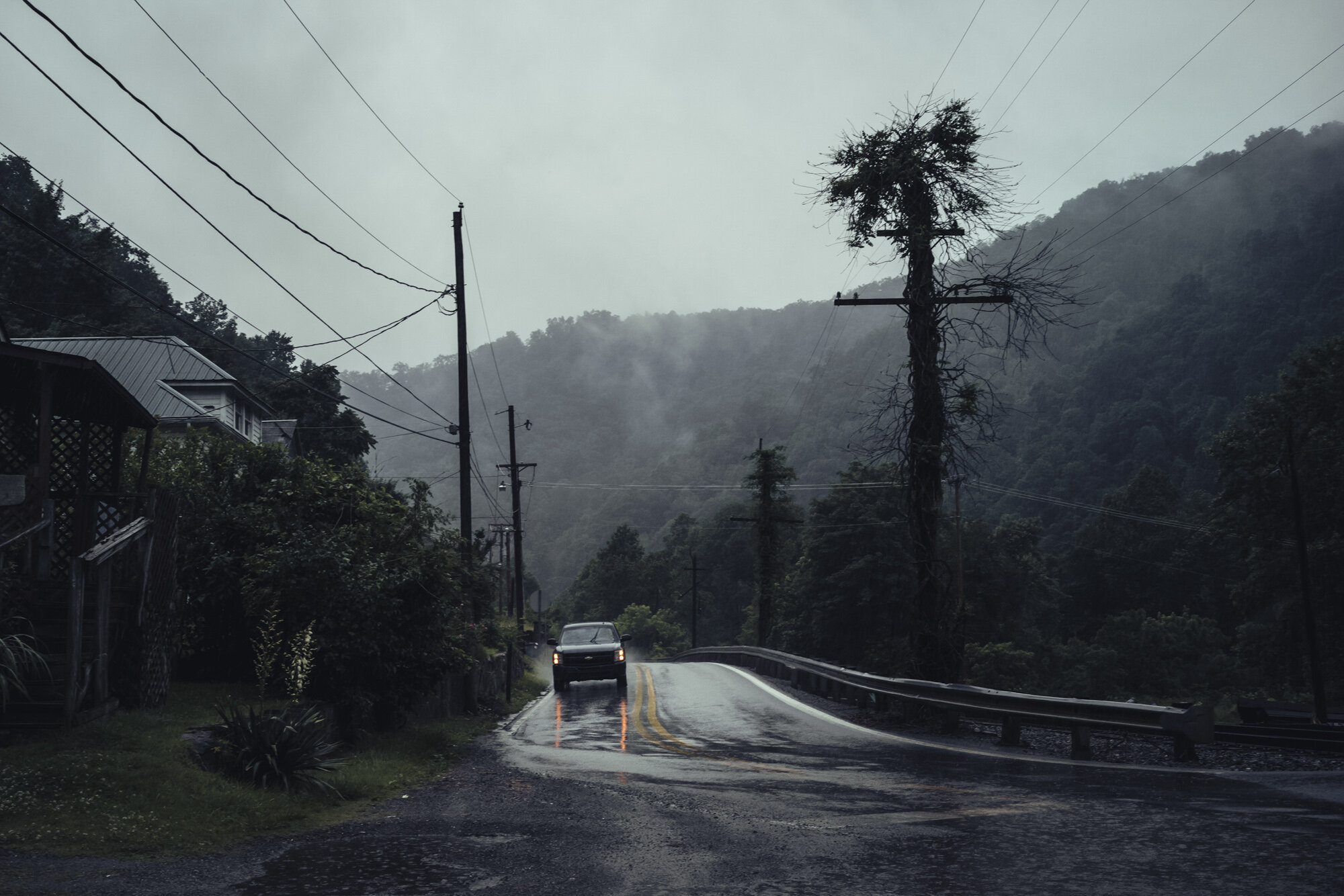


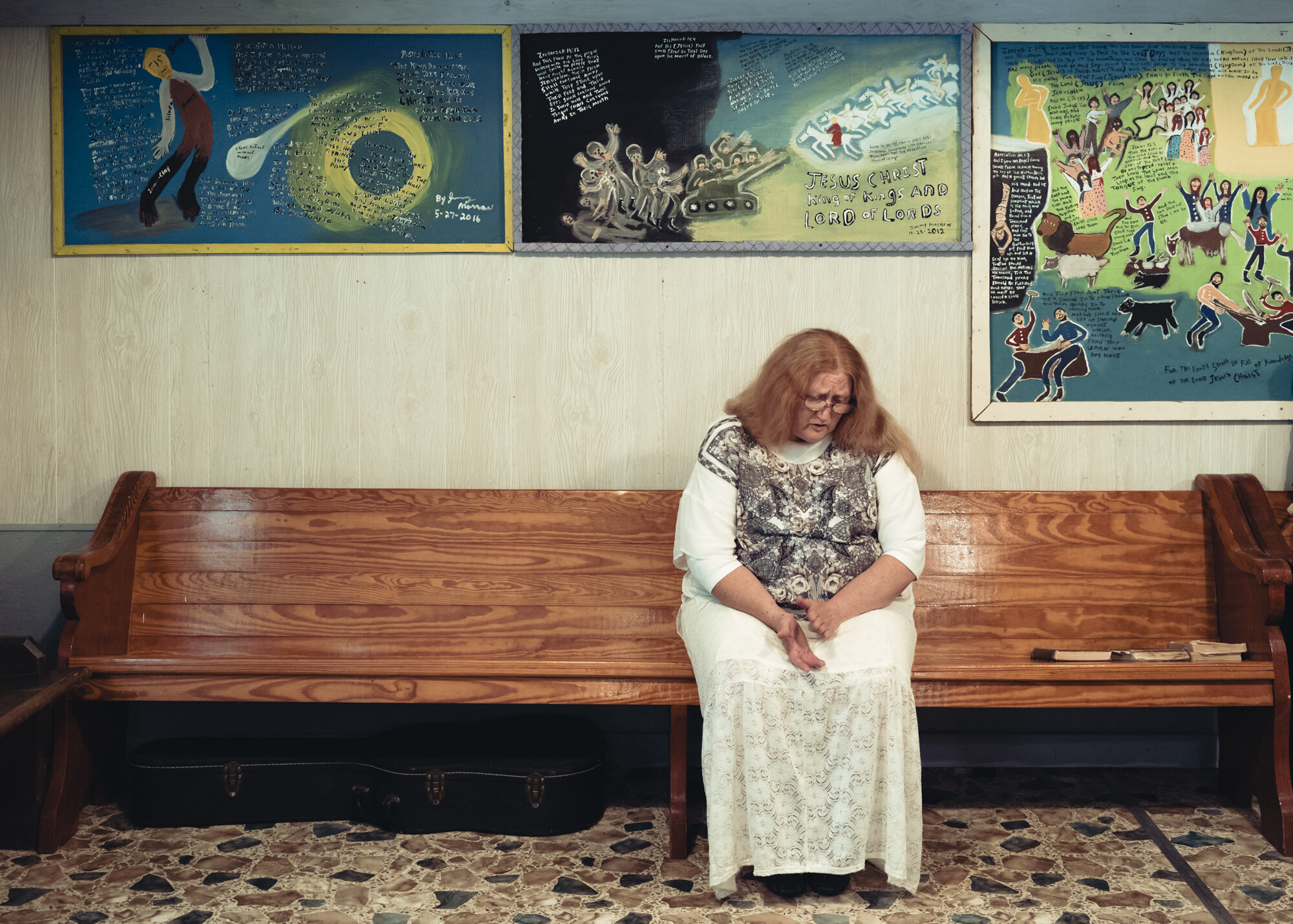
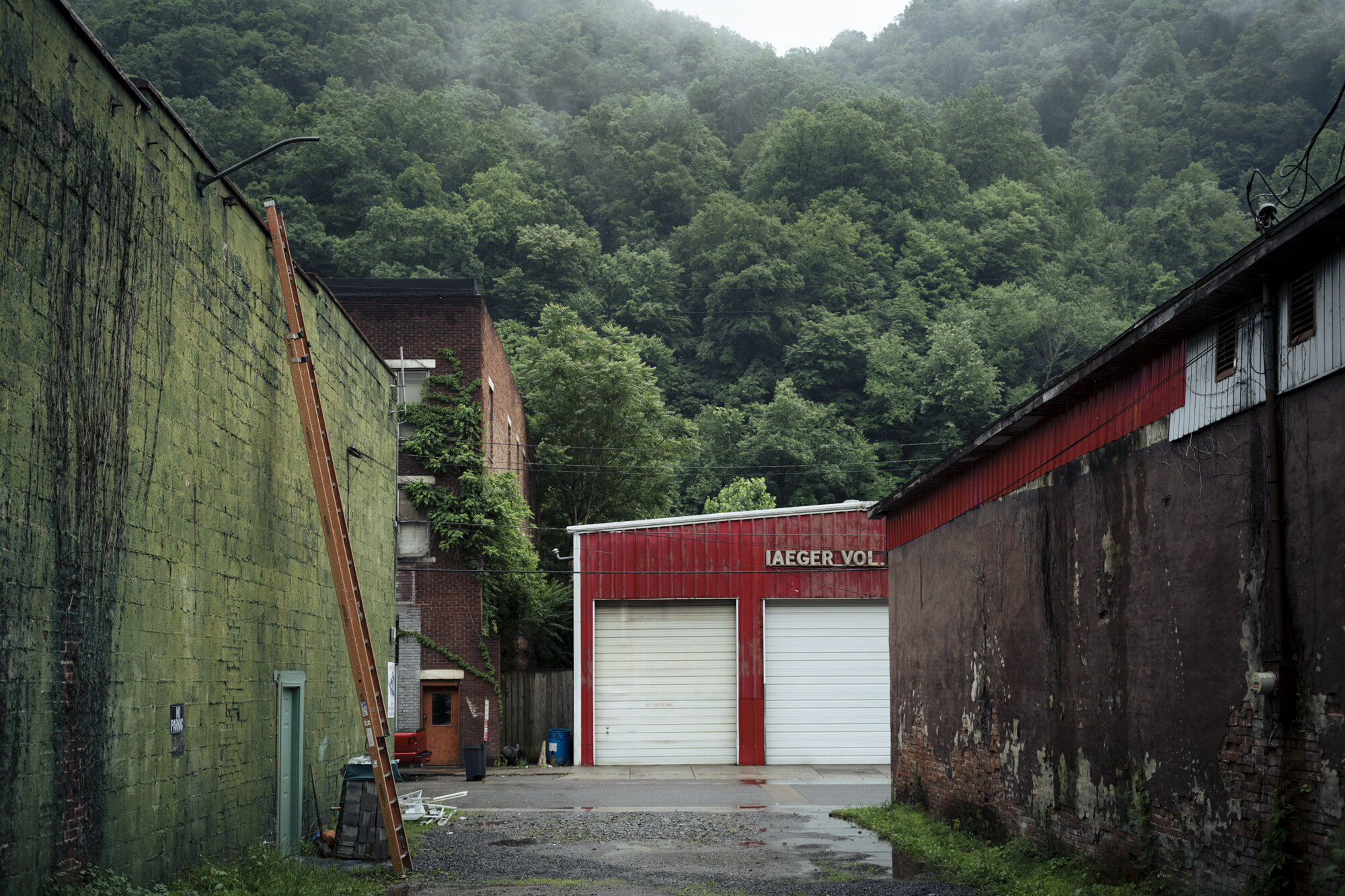
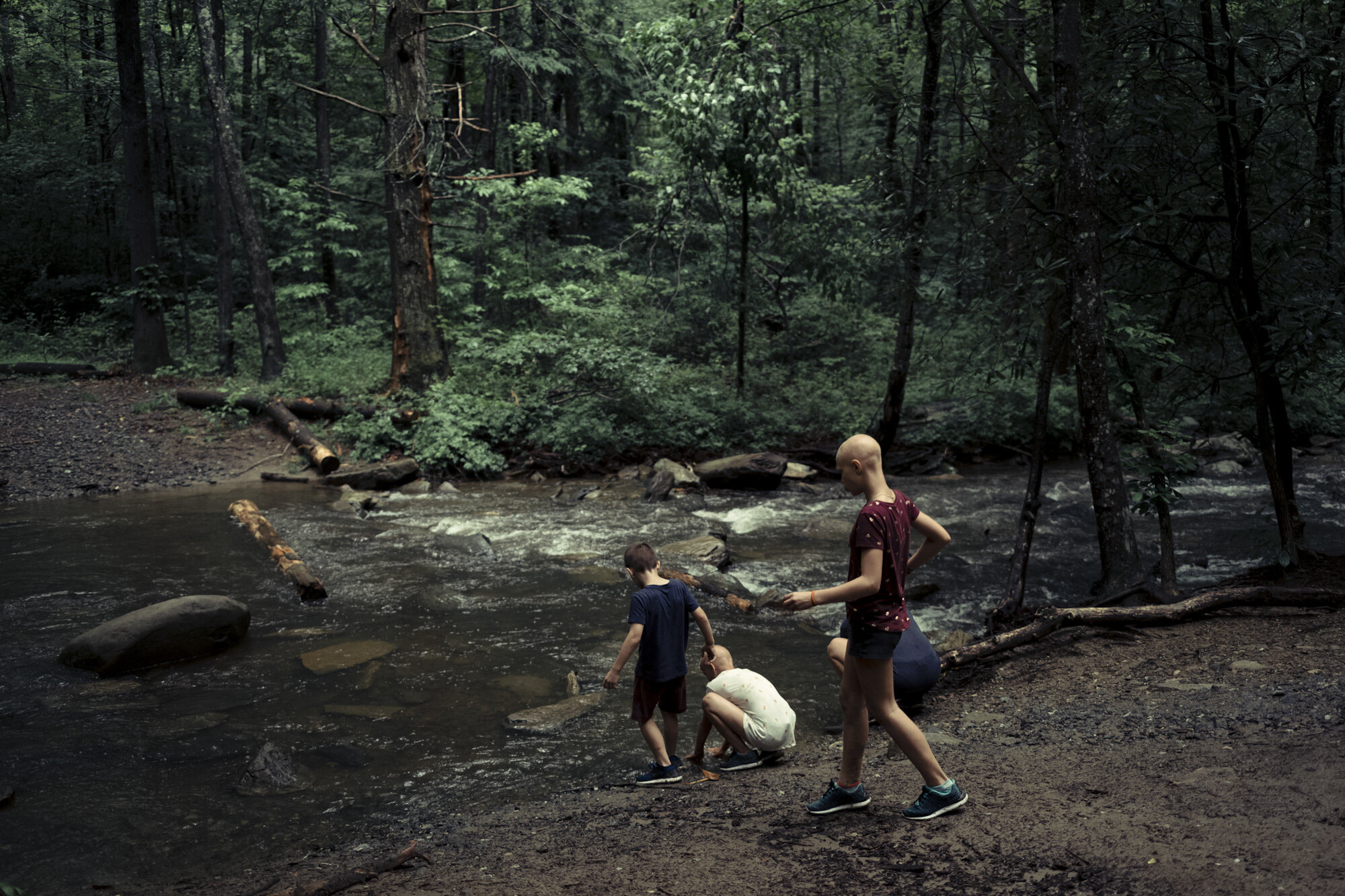

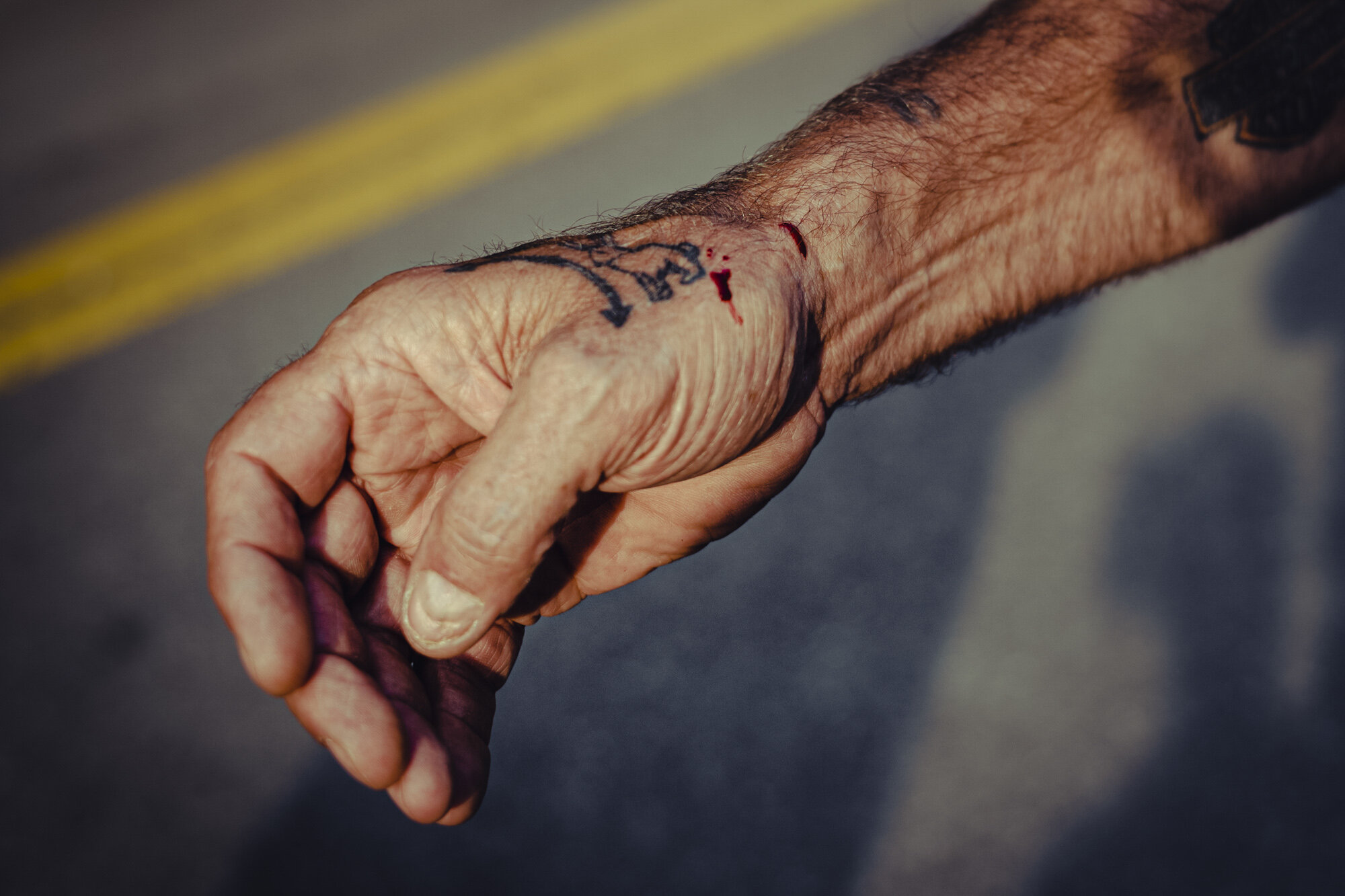
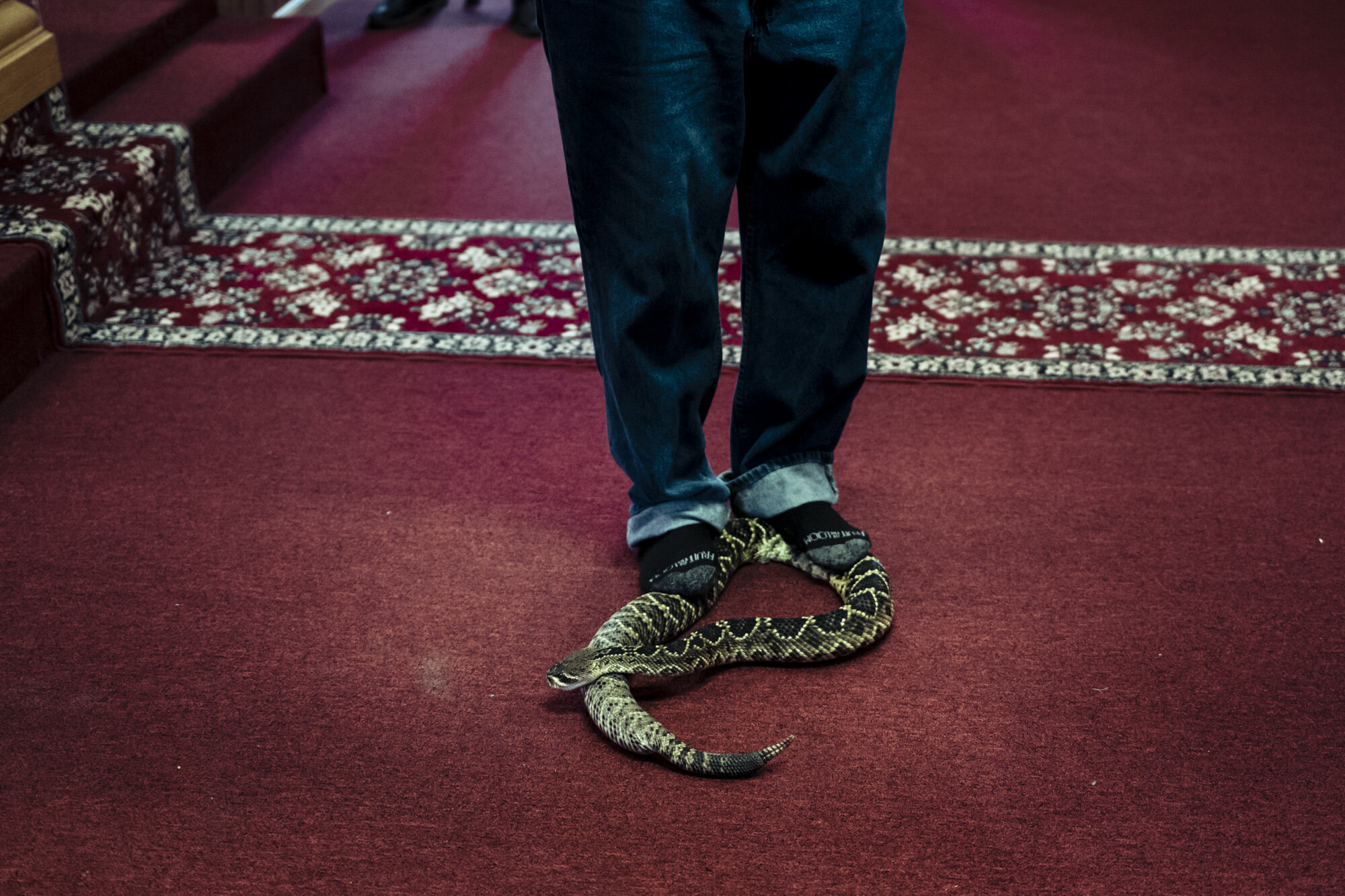
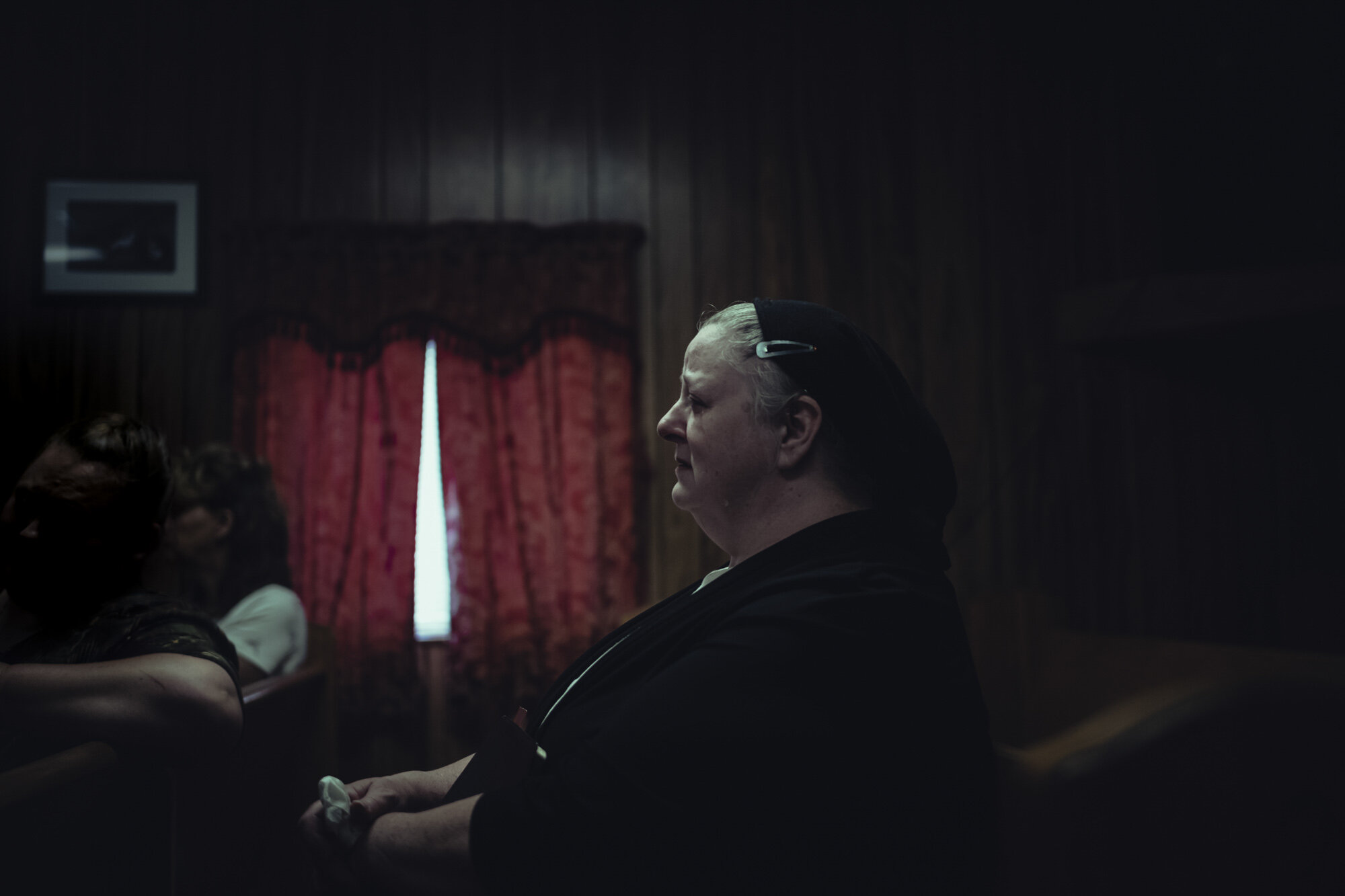
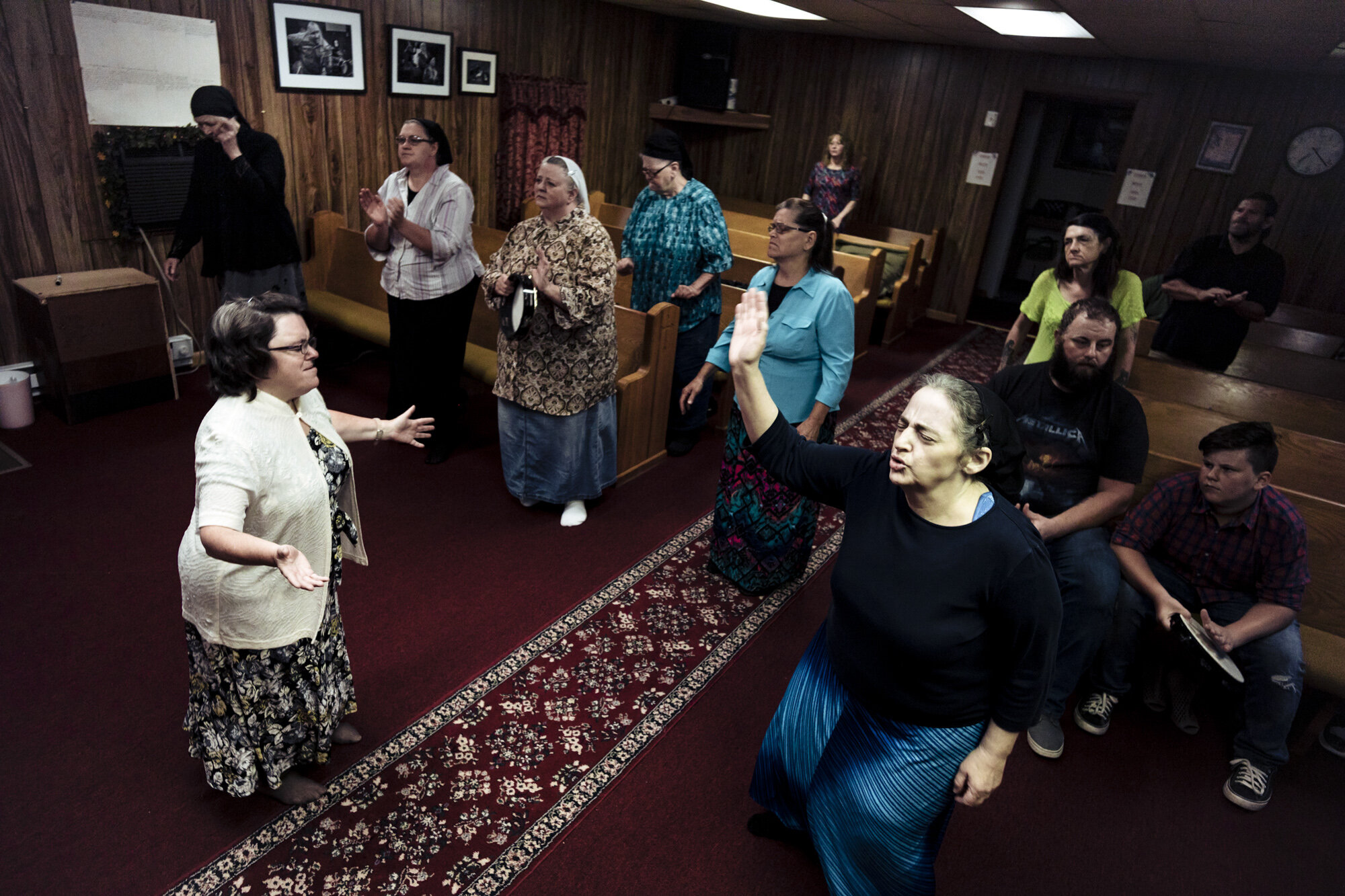

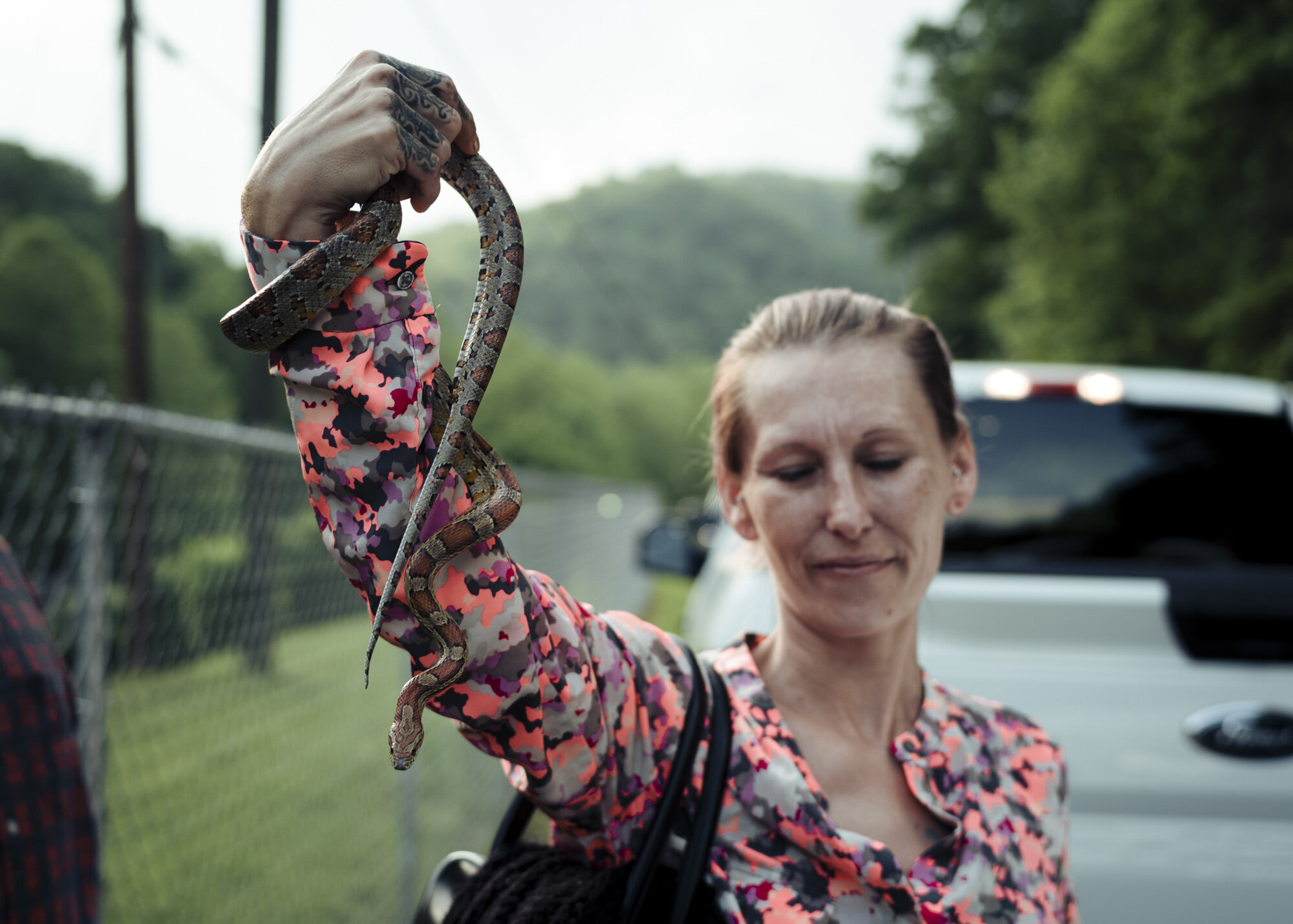

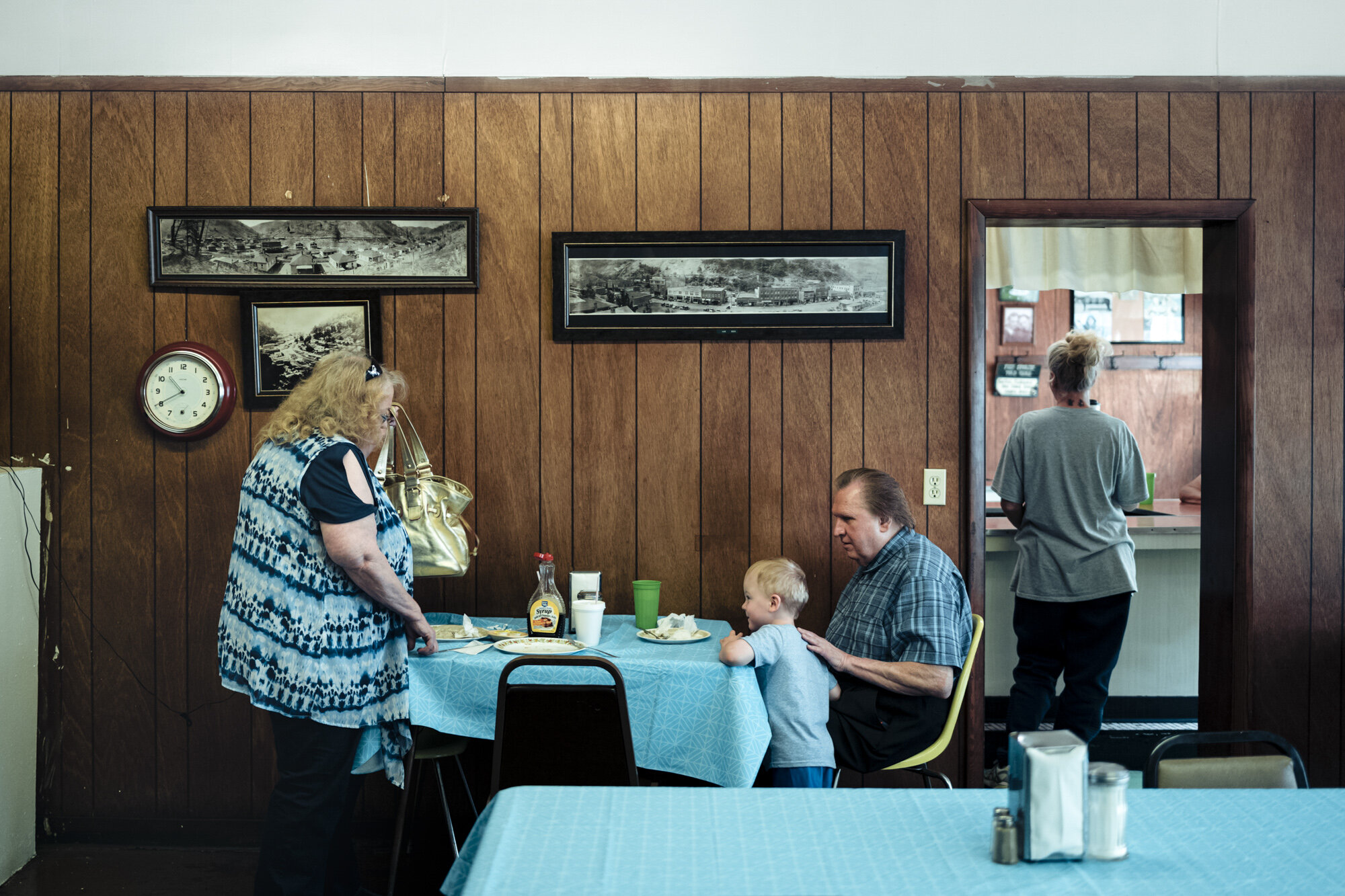
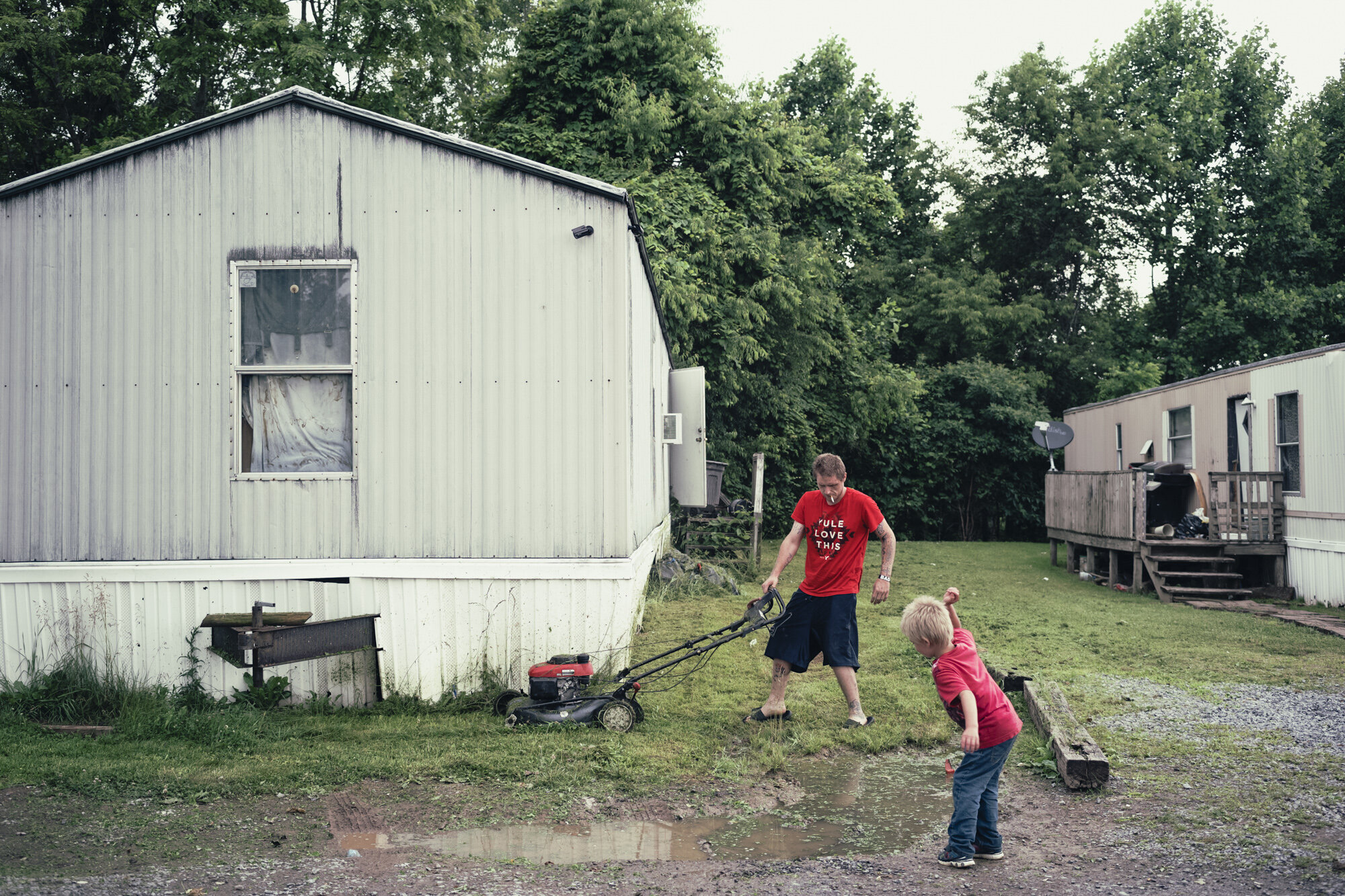
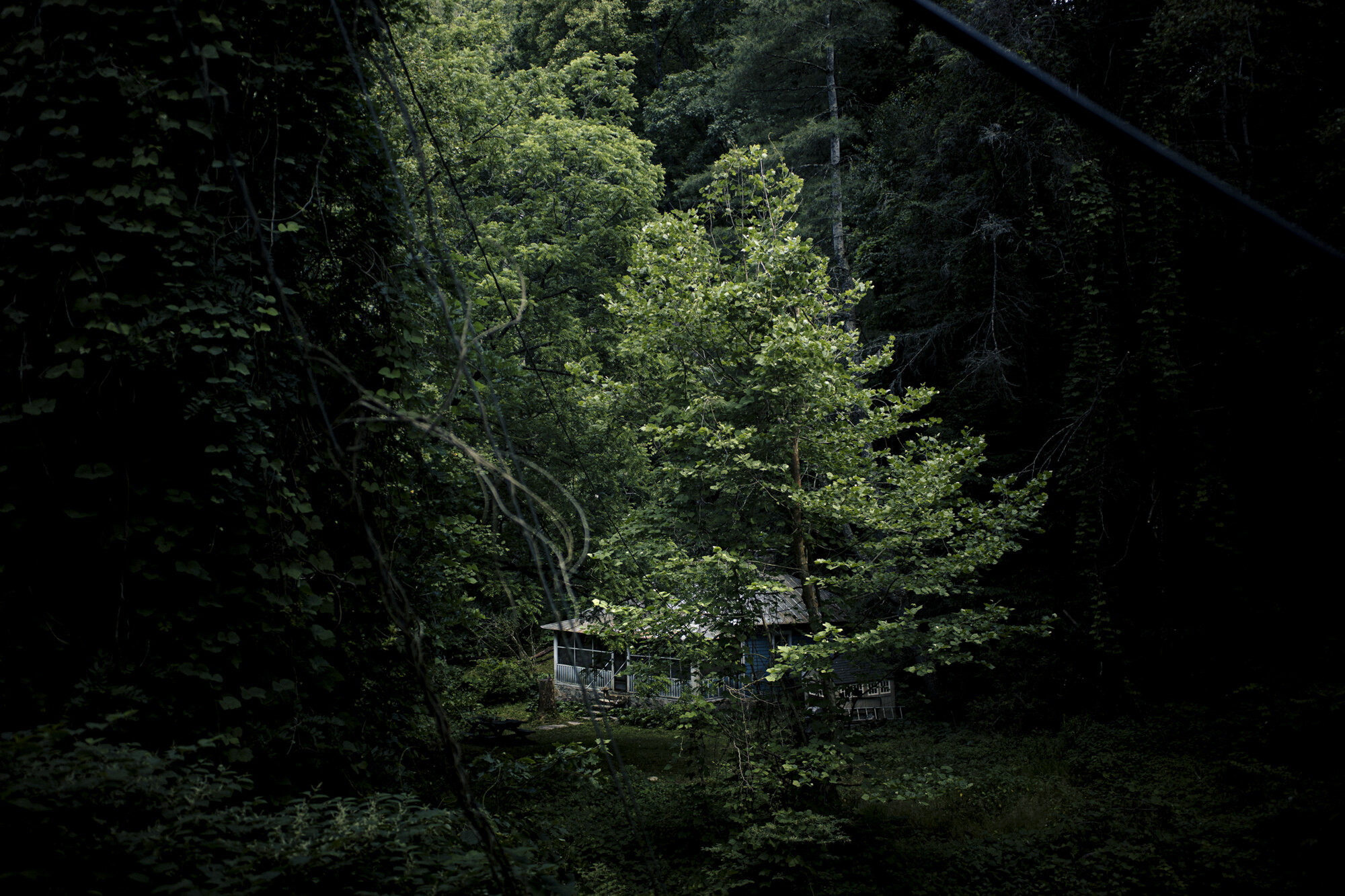
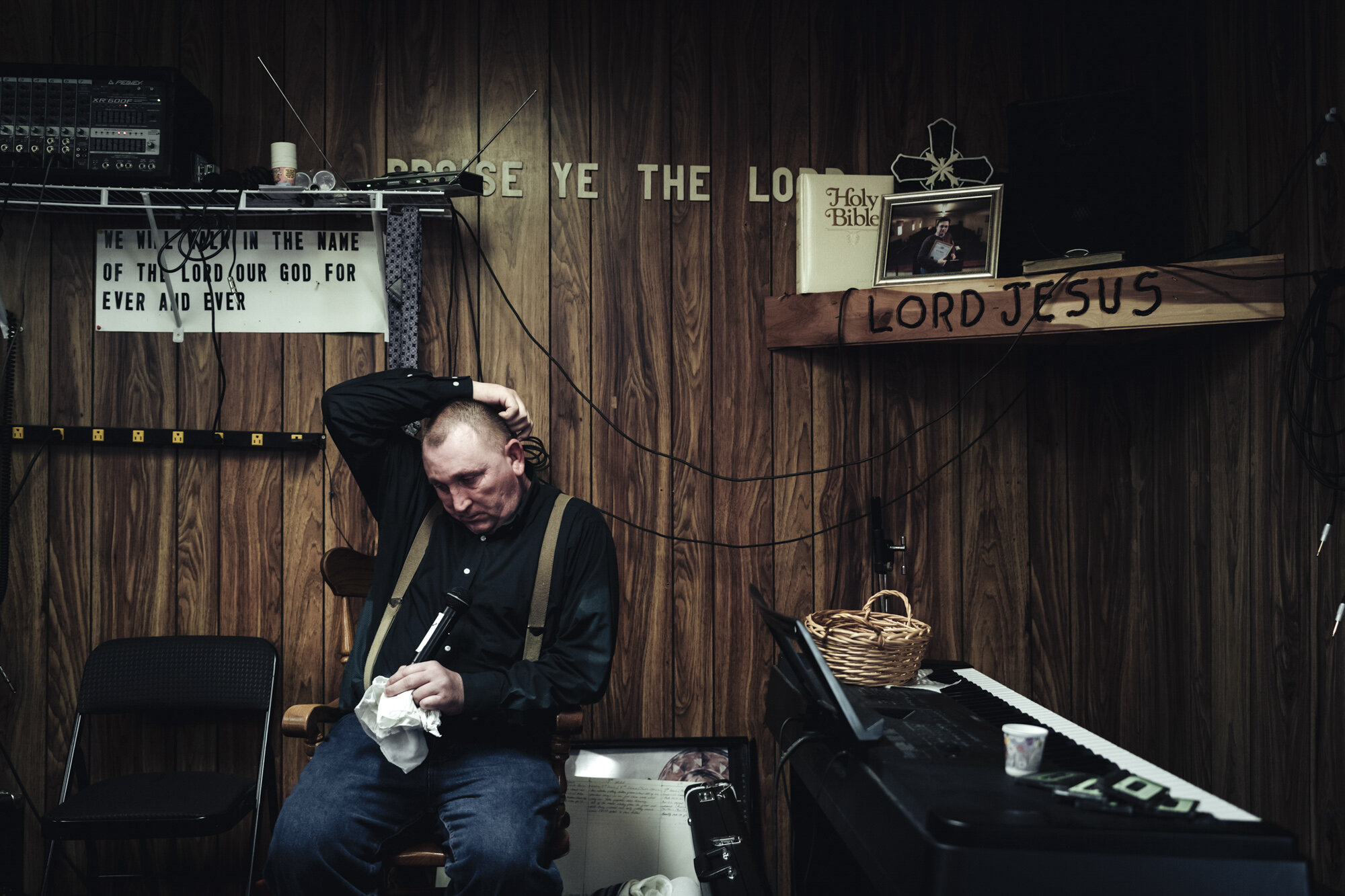
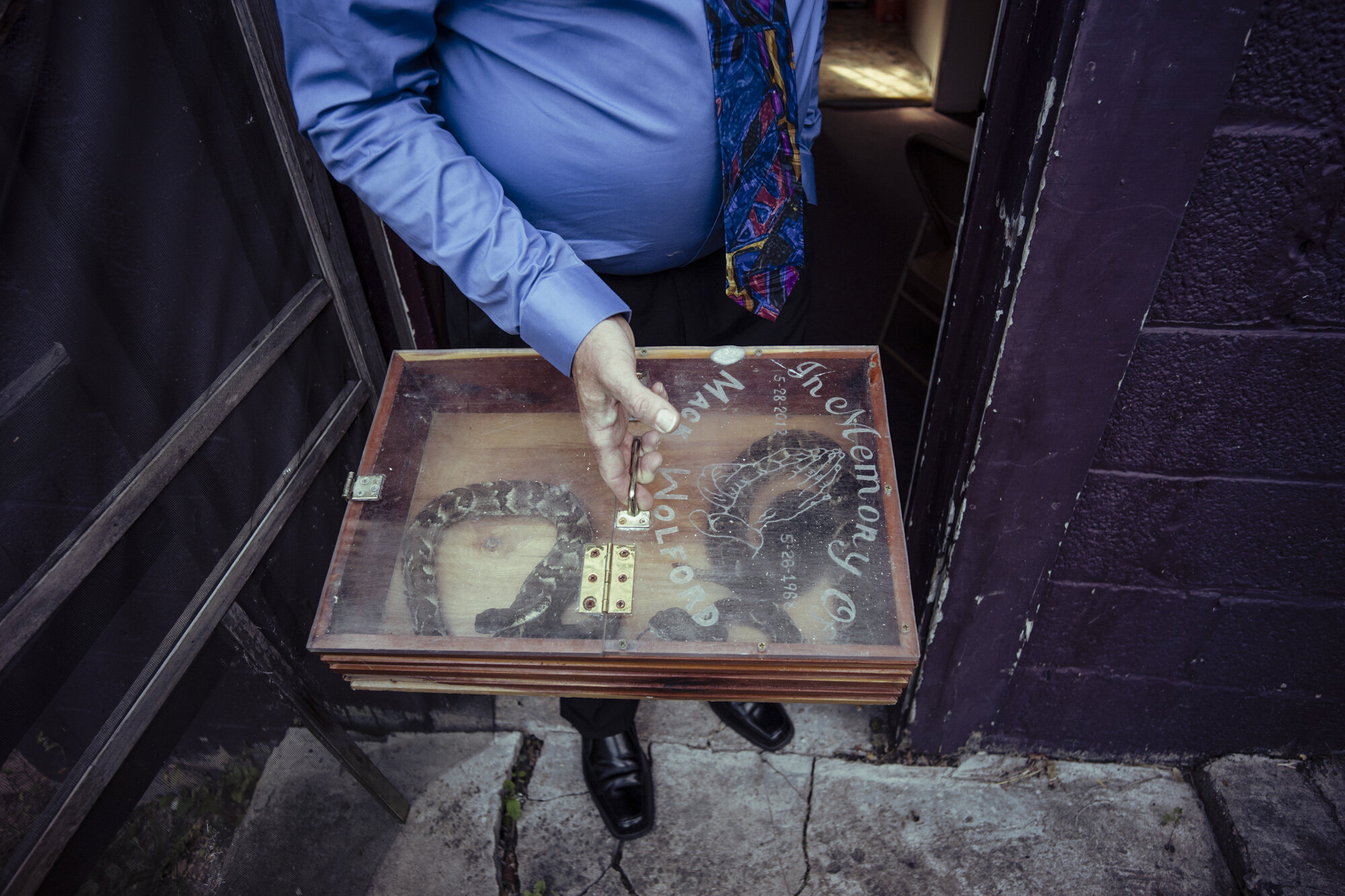
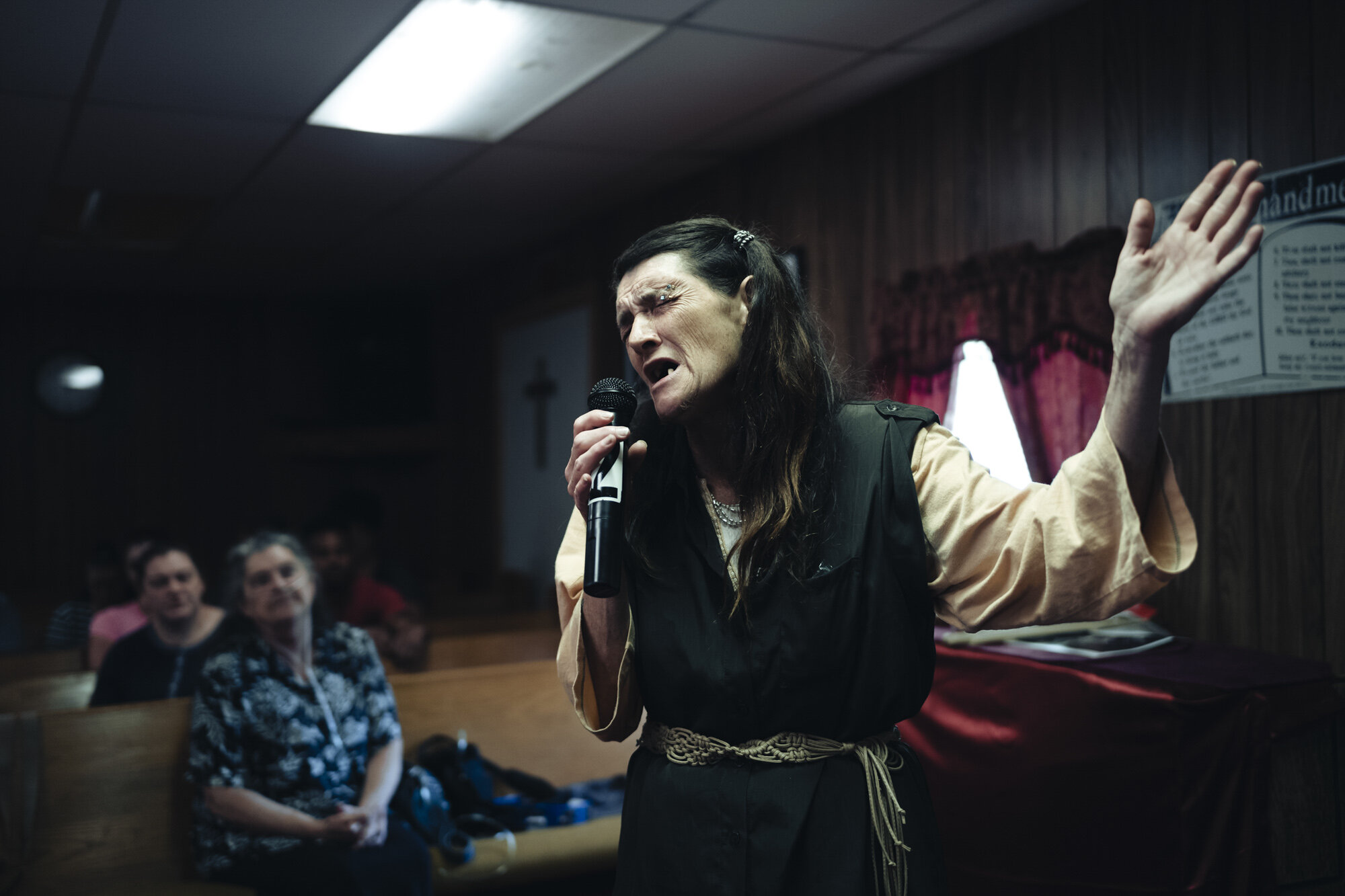
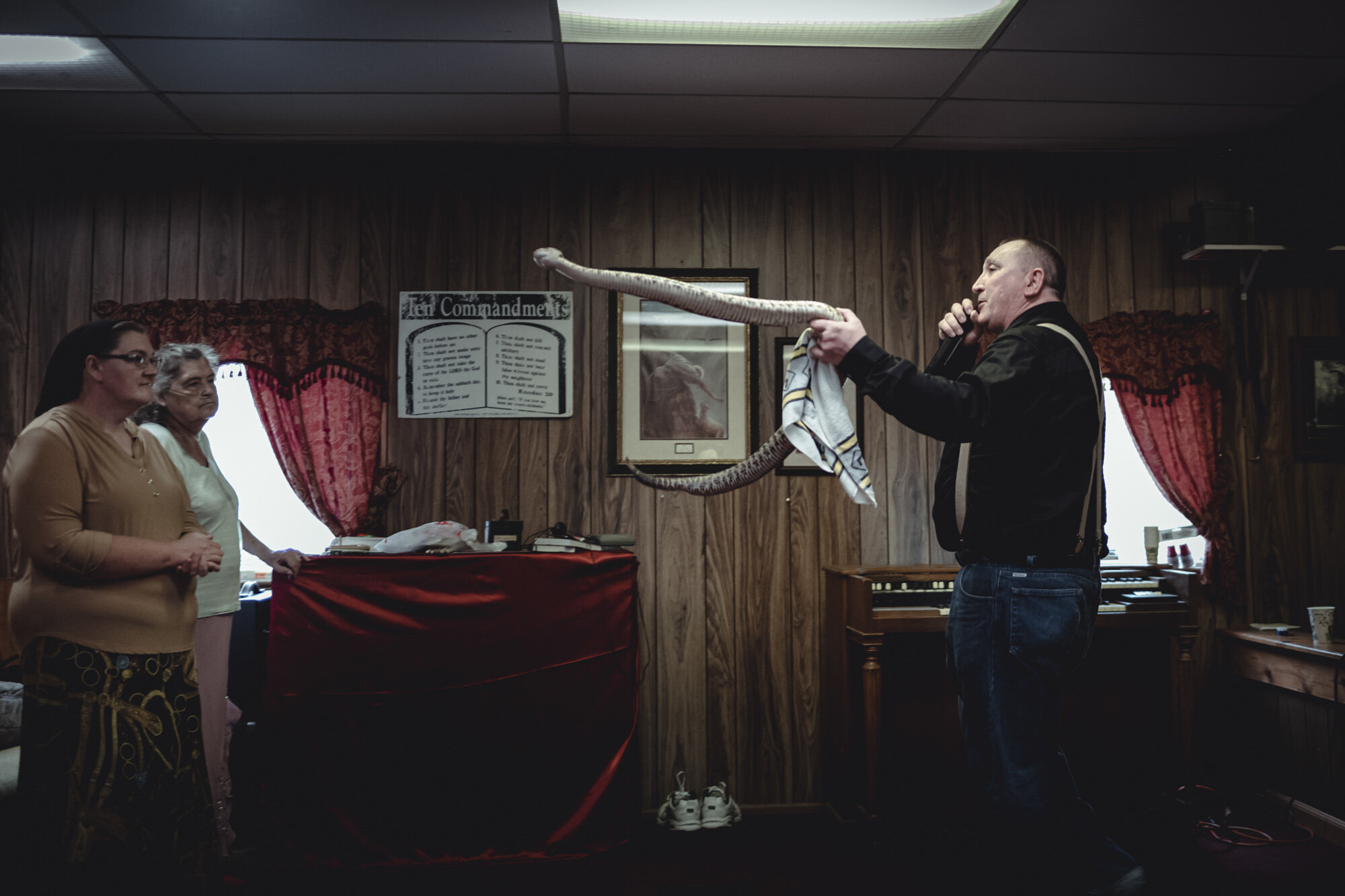
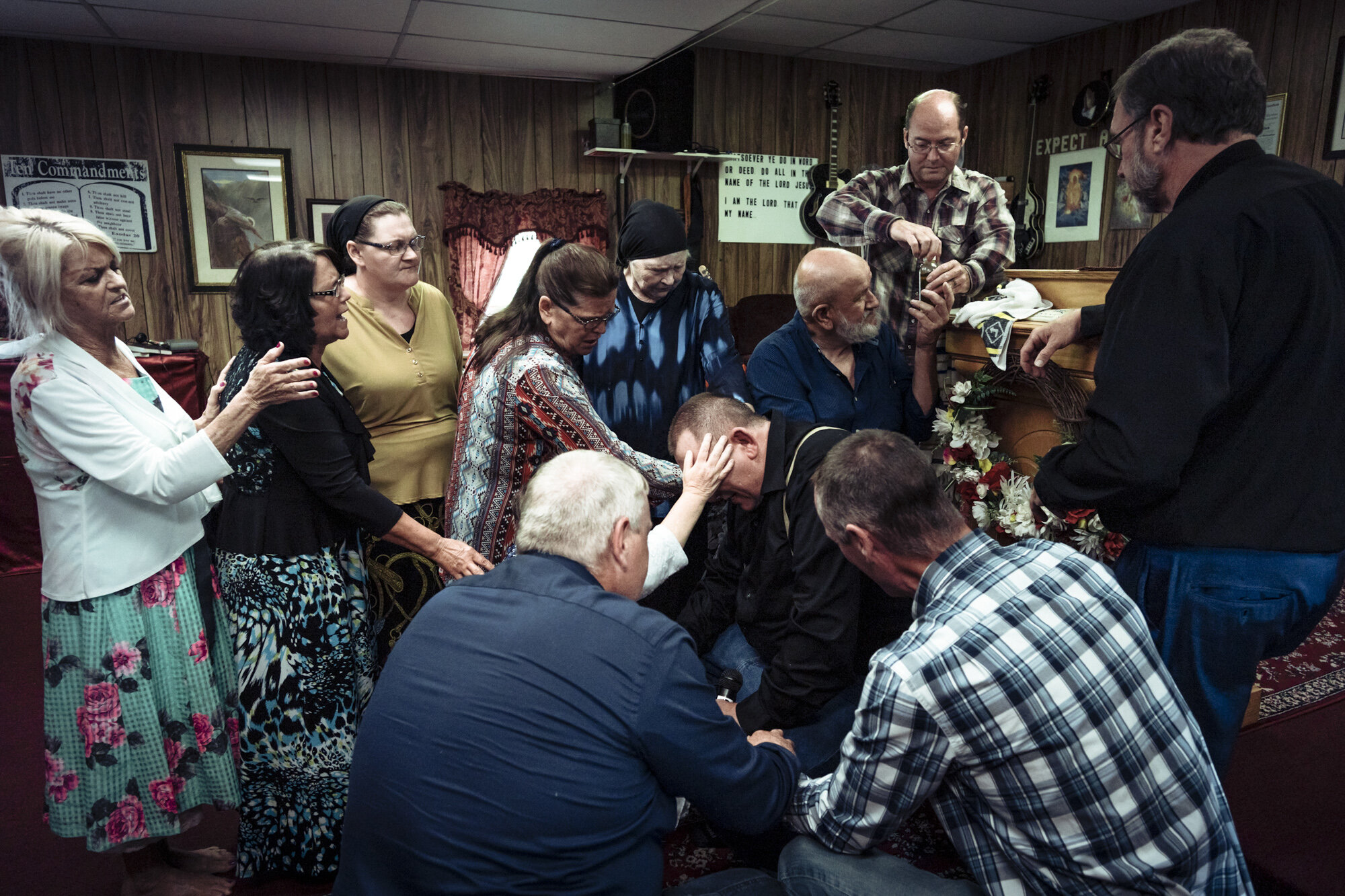
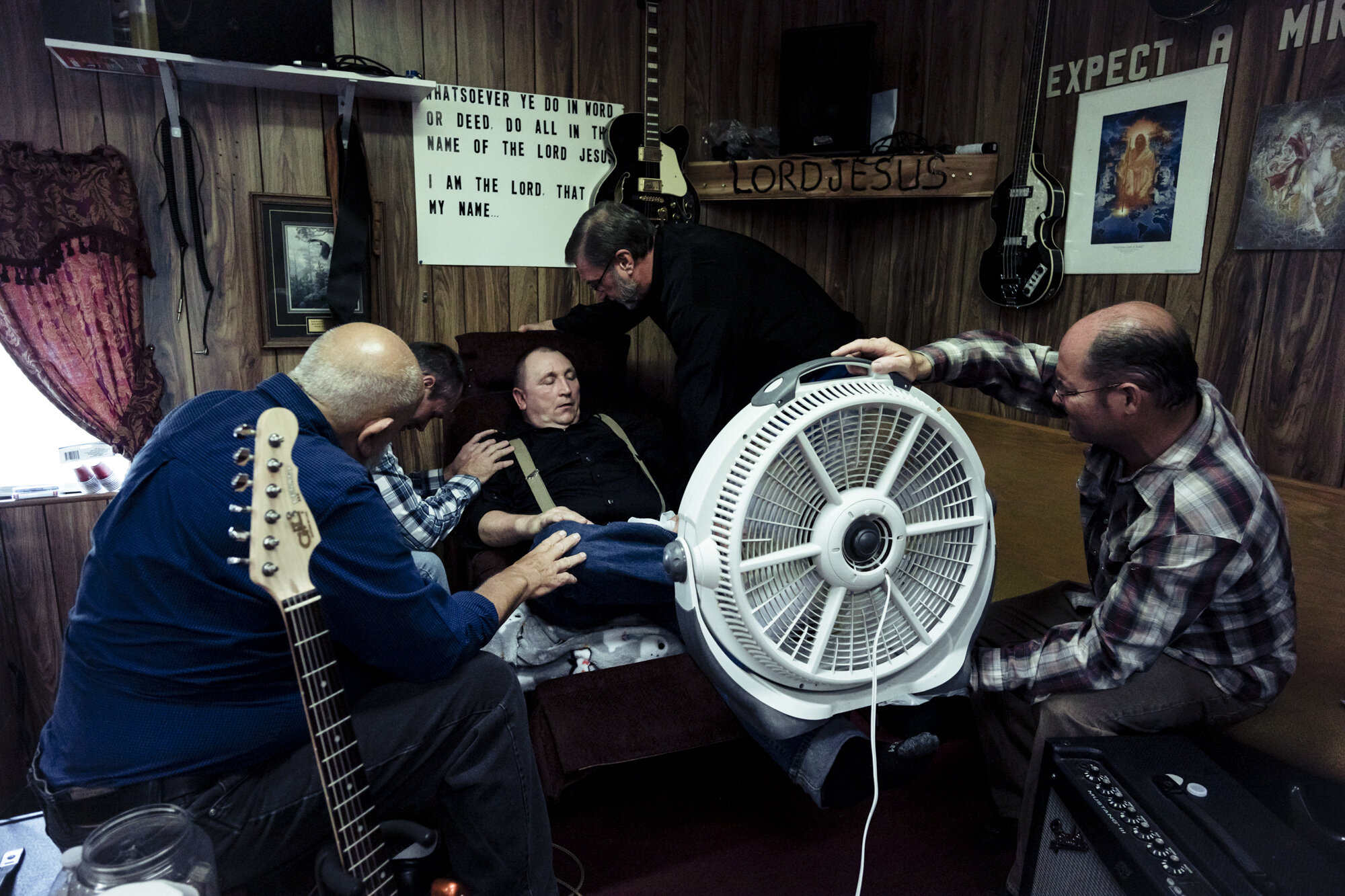
The Snake Church
Somewhere in the Appalachian mountains
Western Virginia, june 2019
Behind the doors of a few small churches in the Appalachians, West Virginia, there are deadly snakes hiding
In the United States, a small number of isolated Pentecostal churches have made snake handling a religious service since the early 20th century, based on a very literal interpretation of a biblical passage from the Gospel of Mark:
"And these signs will follow those who believe: In my name, they will cast out demons, speak with new tongues, take snakes, and if they drink something deadly*, it will not do them any harm; they will lay hands on the sick, and they will heal,"
- Mark 16:17-18-18
For these churches, the belief is that snakes are incarnations of demons. When a member of the church, most often the pastor receives the holy spirit in him, only then will he be able to handle poisonous snakes, drink poison (strychnine) and even burn himself with a molotov cocktail. In the event of a bite or convulsion by the poison, this indicates a lack of faith or failure to follow the guidance of the Holy Spirit. Chris a former carpenter who became a Pentecostal pastor, provides a religious service every Saturday and Sunday in his small church in a mountainous valley in West Virginia. This region was hit by the coal crisis in the 1980s. The figures are overwhelming: the population has declined by nearly 80% over the past 25 years. Nearly 4 out of 5 houses are abandoned. This region is the most affected by the Opioid crisis in the country.
Chris confesses to having created his church after declaring that God had saved him from his addiction to crystal meth and cocaine. Many of its parishioners confirm that they have been cured of these same addictions but also of alcoholism and diseases such as lupus or heart problems.
During these services, Chris manipulates the snakes in front of his parishioners, surrounded by his musicians who are mostly also pastors. Music plays an essential role. It is a mixture of rock and country music that by its rhythm facilitates the rise of the trance and consequently the coming of the Holy Spirit. Some parishioners may take part in the manipulation of snakes when they also feel inhabited by the Holy Spirit.
The community or its "people" as Chris likes to call them, has a good hundred members. And on big days up to sixty people gather in its small wooden chapel.
A typical service is quite energetic, involving a lot of dancing, singing, preaching and speaking in tongues. The snakes are kept in boxes until the holy spirit descends on Chris or another parishioner. In this case only the snakes will be handled. Sometimes Chris doesn't take out the snakes because the Spirit isn't on him. There are mainly native mountain snakes, which the snakes hunt themselves: rattlesnakes and copperheads. Church members can approach snakes and pick them up to show their power over demons. It is common to raise snakes in the air, dance with them and even walk on them. Church members can also consume poison (most often strychnine) and burn themselves with molotov cocktails.
Chris lost his father 10 years ago and his brother 7 years ago both died of a snake bite during a service.
In the United States, more than sixty cases of deaths due to snake bites during religious services have been recorded.
As a result, the manipulation of snakes during a religious ceremony is actually illegal in several states, including Tennessee, Alabama and Kentucky, although churches are present in all three states. Prosecutions are rare and, if the community denies being part of a sect, snake treatment has become a notoriously private and secret practice.
Chris accepts that I will participate in the service and take photos, including one to commemorate his brother's memory.
During this last service, he is bitten in turn.


